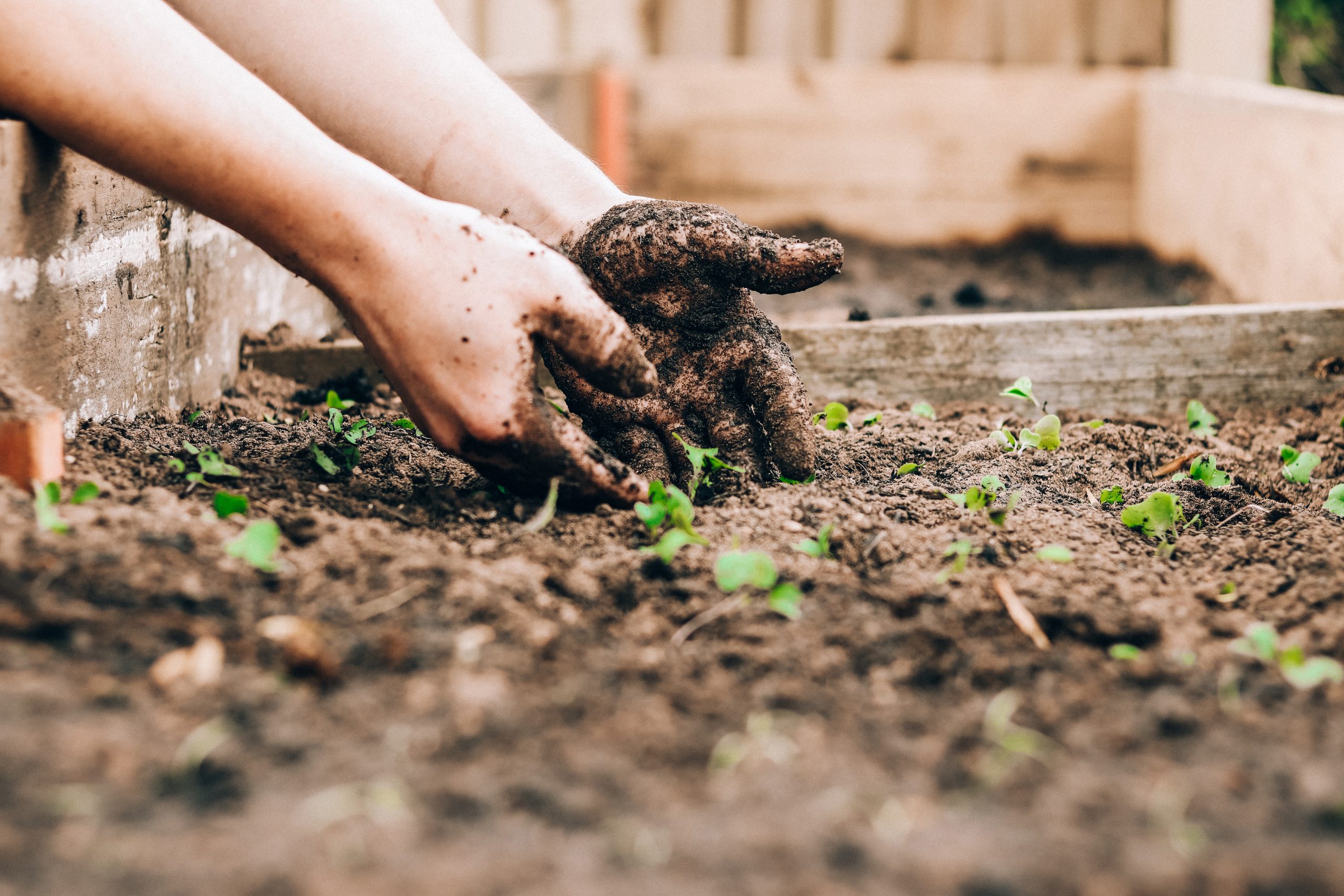
Soil Preparation Tips: How Do You Prepare Garden Soil for Planting?
There’s nothing quite like the feeling of planting a seed and watching it grow into a beautiful plant. To ensure your plants have the best chance at success, you need to start with good soil. Soil preparation is an important step in gardening, and it can be a little daunting if you’re not sure where to start. Don’t worry – we’re here to help! In this post, we’ll tell you everything you need to know about preparing garden soil for planting. Keep reading for tips on how to get your garden ready for spring!
Table of Contents
What is soil and what are its main components?
Soil is a mixture of organic matter, minerals, and water. The three main components of soil are sand, silt, and clay. Sandy soil has large particles and drains quickly, while clay soil has small particles and retains moisture. Silt lies somewhere in the middle. Most garden soils are a combination of all three types.
What role do microbes play in healthy garden soil?
Microbes are important for breaking down organic matter, recycling nutrients, and aerating the soil. They also help to control pests and diseases. You can encourage beneficial microbes in your garden by adding compost or other organic matter to the soil.
When should you start preparing your garden soil for planting?
The best time to start preparing your garden soil is in the fall after the growing season is over. This will give the soil a chance to rest and replenish its nutrients. You can also start preparing your soil in the spring, but it’s important to do it early so that the soil has a chance to warm up before you plant.
How to test your soil to see if it’s ready for planting vegetables or flowers?
The best way to test your soil is to take three or four samples of your soil around your garden, mix them together and use a soil test kit (you can buy these at your local nursery or online). The best kits will be able to tell you the pH level of your soil and what nutrients like Nitrogen, Phosphorus and Potassium it contains. The ideal pH level for most plants is between six and seven – if your soil is too acidic below 6.5 or alkaline above 7.4, your plants may not be able to absorb the nutrients they need. Also, many towns have soil testing labs and these extensive tests can include minerals like iron, magnesium, calcium and soluble salts. A lab tested result often will have suggestions of what nutrients to add to your soil to grow specific crops too.
How often should you test your soil?
You should test your soil every three years to make sure it’s still within the proper range for pH and nutrients. You can do this by taking a sample of your soil to a lab or a garden centre if they offer that service.
What are some common ways to improve garden soil, depending on its composition and condition?
If your soil is too sandy, you can add organic matter like compost or well-rotted manure to help it retain moisture. If it’s too clay-like, you can add sand or straw or leaf mulch to improve drainage. You can also add compost to improve the overall quality of your soil.
What are some organic amendments that can be added to garden soil?
Organic amendments that can be added to garden soil include compost, manure, and mulched leaves. You can also add organic matter like peat moss or vermiculite. Vermiculite is a natural mineral compound, that is made up of magnesium, aluminum, iron and silicate. These amendments improve drainage and aeration, add nutrients, and help to control pests and diseases.
How often should you add compost to your garden?
You should add compost to your garden every two weeks during the growing season, or once a month during the winter. If you’re adding it to an existing garden bed, you can add a 2-3” layer once a year in the fall, which helps reduce weeds. If you are using a commercial compost then in the spring is an ideal time.
What are some common ways to compost kitchen scraps?
Some common ways to compost kitchen scraps include using a worm bin, making a compost pile, or using a Bokashi bucket. You can also add them to your compost bin if you have one.
How can you use cover crops to improve garden soil?
Cover crops can improve garden soil by adding nutrients, improving drainage, and preventing erosion. You can sow them in the fall and let them grow over winter, then turn them under in the spring. Some common cover crops include rye, oats, and clover.
What are some native plants that improve the quality of garden soil?
Some native plants that improve the quality of garden soil include comfrey (Symphytum officinale), purple vetch (Vicia benghalensis), and yarrow (Achillea millefolium). These plants add nutrients to the soil, help to control pests and diseases, and improve drainage and aeration.
What are some common mistakes people make when preparing their garden soil?
One common mistake is not testing the soil before planting. This can lead to plants not getting the nutrients they need, or to drainage problems if the soil is too sandy or clay-like. Another mistake is adding too much of one type of amendment, such as sand or compost. This can make the soil imbalanced and difficult for plants to grow in. Finally, people sometimes forget to add organic matter to their soil, which can improve its quality and help it retain moisture.
What are some tips for storing garden soil?
If you have extra garden soil, you can store it in a cool, dry place. Make sure to keep it away from any chemicals or fertilizers that could contaminate it. You can also cover it with plastic or a tarp to keep it from getting wet and the nutrients from leaching out. If you want to store it long-term, you can add some sand or vermiculite to keep it from compacting.
How can you deal with drainage problems?
Most garden plants prefer a well-drained soil. So, if you have standing water in your soil for hours or days at a time, then you have drainage problems. You can add organic matter to improve drainage or install a drainage system. Or raised beds may be the best option.
How can you reduce or prevent soil erosion in your garden?
Erosion occurs when rainwater washes away the top layer of soil, carrying nutrients and organic matter with it. Some ways to reduce soil erosion include planting trees or shrubs on slopes, building raised beds, or using mulch. You can also reduce runoff by installing a rain barrel or creating a rain garden.
What are some ways to prevent compaction in garden soil?
Plant prefer loose well-draining soil and compacted garden soil is similar to a plant trying to grow in pavement. The roots have to work really hard to grow and fewer roots mean less water and nutrients a plant can absorb, resulting in a very unsuccessful plant. There are ways to prevent compaction of garden soil, try to: avoiding walking on wet soil, add pathways or stepping stones in beds, add organic matter and sand to clay soils, avoid tilling soil (see more about that below), or using raised beds.
How can you tell if you’ve overworked your soil?
Overworked soil will show in your plant’s blooming rate over a period of time. If your soil is crumbly and feels dry, it may be too sandy. If it sticks together in clumps and feels wet, it may be too clay-like. If it’s difficult to work with and doesn’t hold together well, it may be too imbalanced. The best way to tell for sure is to take samples of your soil and send it for testing to a lab. If that is not possible then you can buy a soil testing kit online that will give insight to the pH and nutrients in the soil.
What are some signs that your plants are stressed due to poor soil conditions?
If your plants are stressed, they may have yellow or brown leaves, or they may be wilting. Have they been in standing water from heavy rains that compacted the soil and pushed out the air pockets? You can also check the roots to see if they’re healthy. If they’re mushy, that’s a sign that the plant is not getting enough air circulation and nutrients. If the roots are dry and brittle, that’s a sign of drought stress. Keep in mind a stressed plant in vulnerable to pest infestation. So be watchful in the garden.
How can you tell if your plants are getting enough water?
If your plants are wilting or have dry, brown leaves, they may be getting too little water. You can also check the soil around your plants to see if it’s dry or dig 5 cm (2”) down in the soil and if is dry, then you’ll need to water them more often. Remember to water the roots and not the leaves of a plant. Providing long deep soaks of water encourages deep root growth and is more beneficial to the plant instead of quick sprinkles. So, while watering, keep in mind it is a marathon, not a sprint. If you think your plants are getting too much water, you can test the soil to see if it’s soggy and not draining properly. If the soil is retaining too much water, you’ll need to improve aeration by adding organic matter like compost or adding a drainage system.
How can you make sure your plants get enough sunlight?
You can make sure your plants get enough sunlight by choosing the right plant for the right location. Plan for the plant’s mature size, a young plant may mature into a garden giant. Also, keep in mind that plants grown in containers long-term tend to be smaller than those planted in the ground. Also, ensure your plants get enough sunlight by not overplanting an area and keeping them free of debris.
What should you do if your plants start showing signs of nutrient deficiencies or pest infestations, even after taking steps to improve the soil quality?
If your plants are not getting enough nutrients, you can fertilize them with an all-purpose fertilizer or one that is specific to the nutrient they are lacking. The numbers on the fertilizer directly relate to the macronutrients in it or the NPK – (N) Nitrogen, (P) Phosphorous, and (K) Potassium. Nitrogen affects plant growth, Phosphorous affects blooming and fruit development and Potassium affects the root growth and movement of water and nutrients in the plant. If your plants are yellowing, they may need more nitrogen. If they are not producing blooms, they may need more phosphorus. If your plants have burnt-looking leaf edges or yellow veining, they may be lacking Potassium. Lack of macronutrients can lead to pest infestations so be watchful
What are some common diseases that affect plant roots, and how can they be prevented or treated?
Some common diseases that affect plant roots are root rot, white grubs, and blackleg. These diseases can be prevented by practicing crop rotation, using organic amendments, and avoiding compaction.
How often should you fertilize your plants, and how do you know if they’re getting too much fertilizer?
It depends on the type of fertilizer you’re using, the nutrient level of the soil, and the plants you are growing. In selecting a fertilizer, you can choose from liquid (a powder or liquid diluted in water) or a slow-release fertilizer in a pellet form. Most perennials only need a late spring dose of a slow-release fertilizer. Annuals benefit from using both a slow release at the beginning of the season and a liquid fertilizer every 2-3 weeks through their growing season. Keep in mind that plants that go dormant in winter should not be fertilized after mid-August, as it gives them the wrong message to be actively growing instead of starting to prepare for dormancy. You can also get a soil test to see what nutrients your plants lack. If you see that your plants are starting to yellow or wilt, or if they have brown spots on their leaves, they may be getting too much fertilizer. Cut back on the amount you’re using and make sure to follow the instructions on the package. Remember well-rotted manures need to be blended into soil and should never the planted indirectly as they may burn new roots with their extra rich resources.
What are some ways to reduce the number of chemical fertilizers and pesticides you need to use in your garden?
Ways to reduce the number of chemical fertilizers and pesticides you need to use in your garden include using organic amendments, planting a variety of native plants and companion plants, as well as utilizing a variety of mulches. Remember to water the roots of your plants and not the stems and leaves. Water left on leaves can be a breeding ground for rot and white spot. Also, when planting plan for mature size of your plant choices and properly space young plants to allow for good air circulation and access to sunlight. Tightly packed plants do not allow the water on leaves to evaporate and create shady humid spaces for pests like slugs and snails to populate. If you do get infected leaves, remove quickly and discard them – do not add them to your compost bins as they do not always heat up enough to destroy pathogens.
How can you create a habitat for beneficial insects in your garden?
You can create a habitat for beneficial insects in your garden by planting native host plants, using mulch and compost, and avoiding the use of pesticides. Also building homes for them, like bee hotels or ladybug houses create a welcoming space.
How can you make sure your garden is accessible for all creatures, including worms and other beneficial organisms?
You can make sure your garden is a safe place for all creatures by avoiding the use of pesticides and herbicides. You can also create a habitat for them by planting native host plants, using mulch, and building homes for them like bee hotels or ladybug houses.
What are some common pests that attack gardens?
Common pests that attack gardens include aphids, caterpillars, slugs, snails, whiteflies, and Japanese beetles. You can control these pests by hand-picking them off of plants, introducing natural predator insects, using traps, or applying organic pesticides. Learn more about this in our < post about pests> link
What are some natural ways to control pests in your garden?
There are a number of natural ways to control pests in your garden. You can use companion planting by inter-planting alliums, lavender, sage, and marigolds, to deter pests. Also try attracting beneficial insects to your garden like lady beetles, green lacewings, or praying mantis which will eat the pests. If you have a serious pest problem, you can also make your own insecticide by mixing water and soap, or by using garlic or hot pepper spray.
How can you create a no-till garden?
A no-till garden is a method where one uses layers of mulch to add to the soil instead of a spade or tiller that disturbs the roots. By adding layers of garden mulch such as compost, chopped leaves, hay, wood chips, and straw. Make sure your mulch is seed and weed-free. The easiest time to give a good layer of mulch is at the end of the growing season when plants are going dormant or in very early spring before perennials and bulbs start to sprout. You can create a no-till garden by reducing the soil disturbance that tilling creates.
What are the benefits of using raised beds?
Raised beds or garden boxes are becoming very popular as the benefits are threefold: Lower maintenance means better success in gardening. Easy access to all areas of the garden box which means they are the best choice for all ages and levels of mobility. Raised beds are more productive, by naturally having great drainage, better control of nutrients, and the ability to plant earlier (the soil will be warmer weeks earlier), which results in more crops to harvest.
In conclusion, preparing garden soil for planting is important to ensure healthy plants. There are many ways to improve garden soil quality depending on its composition and condition. You can also prevent soil erosion, nutrient deficiencies, and pests by taking certain measures. Let us know below if you have any more tips!



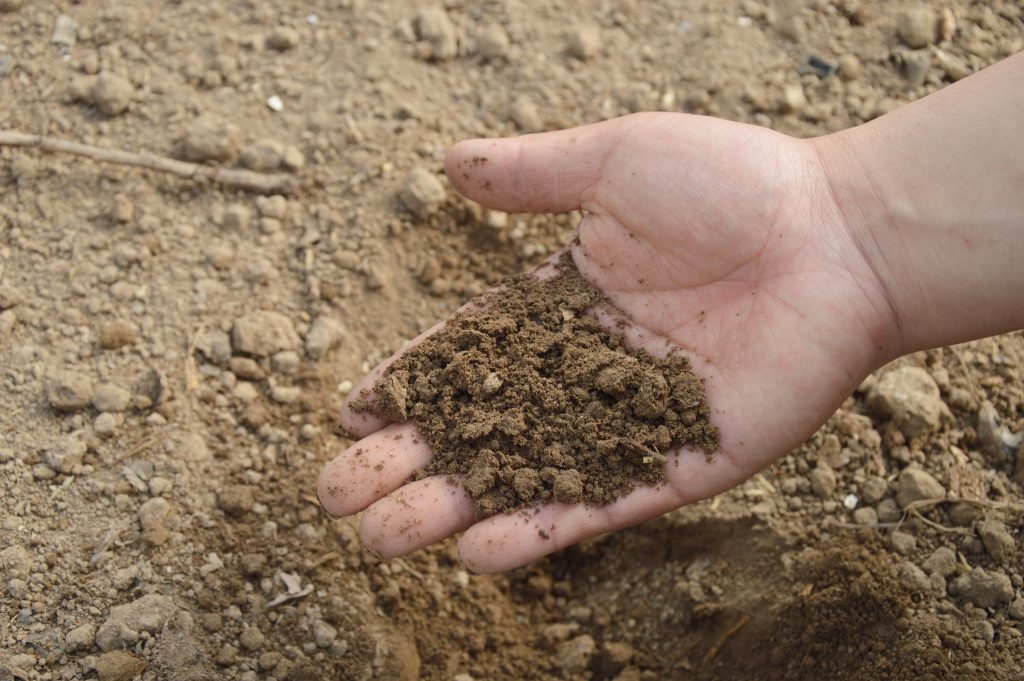
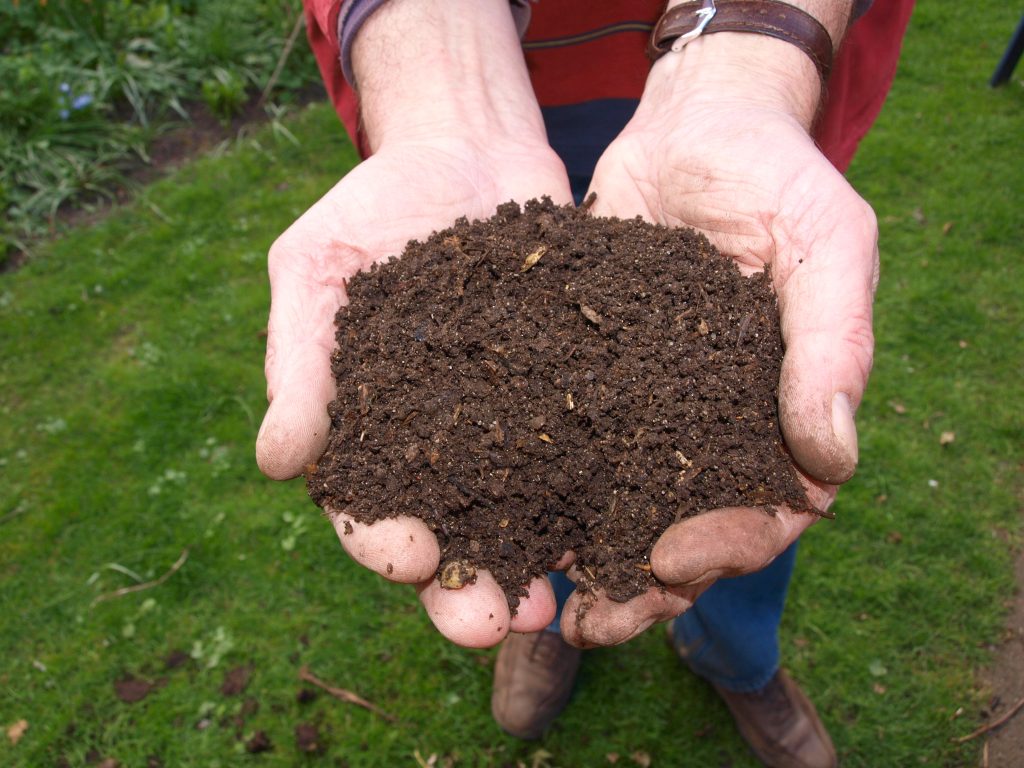
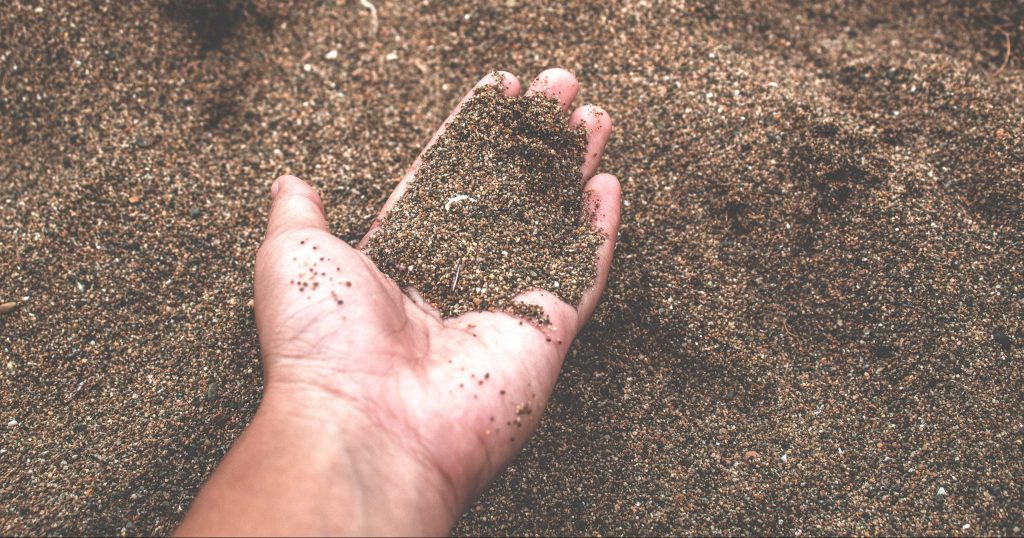
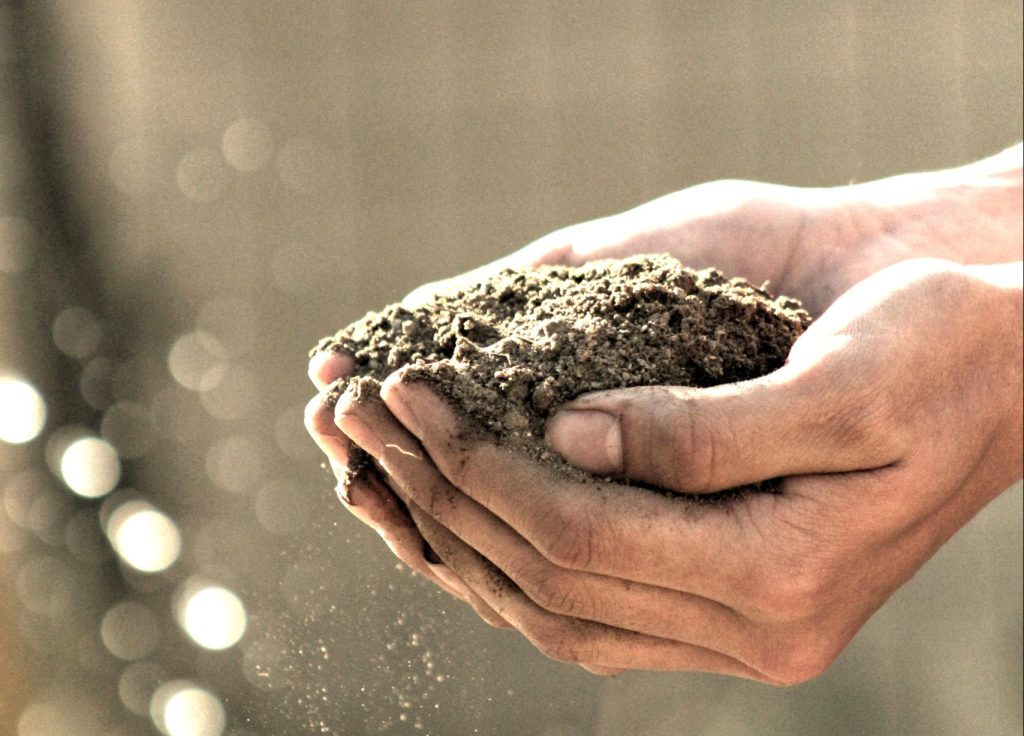
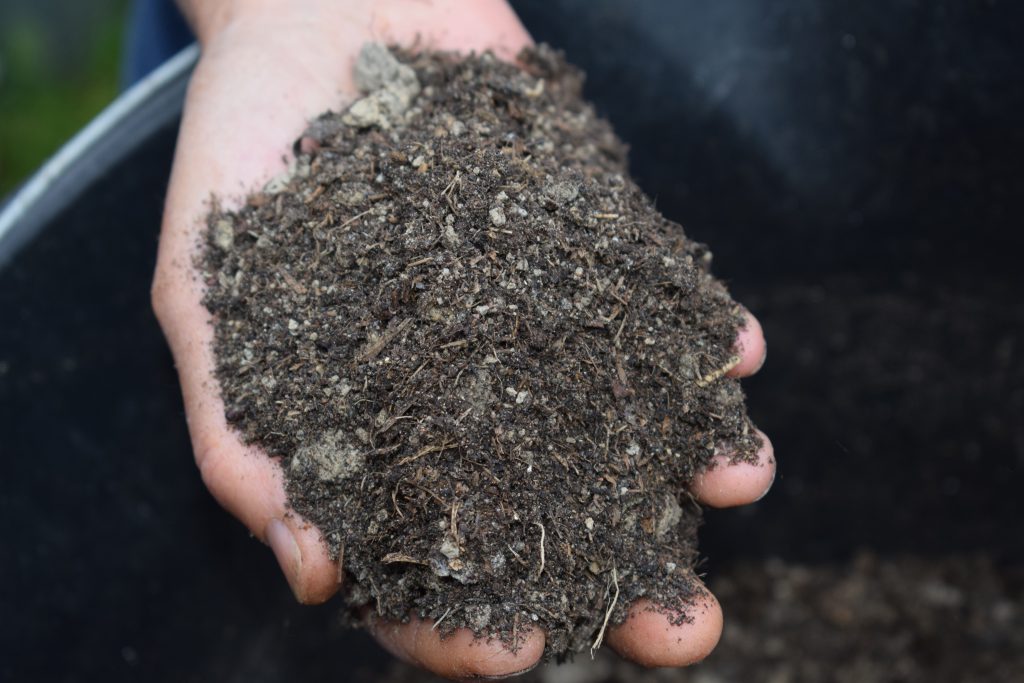

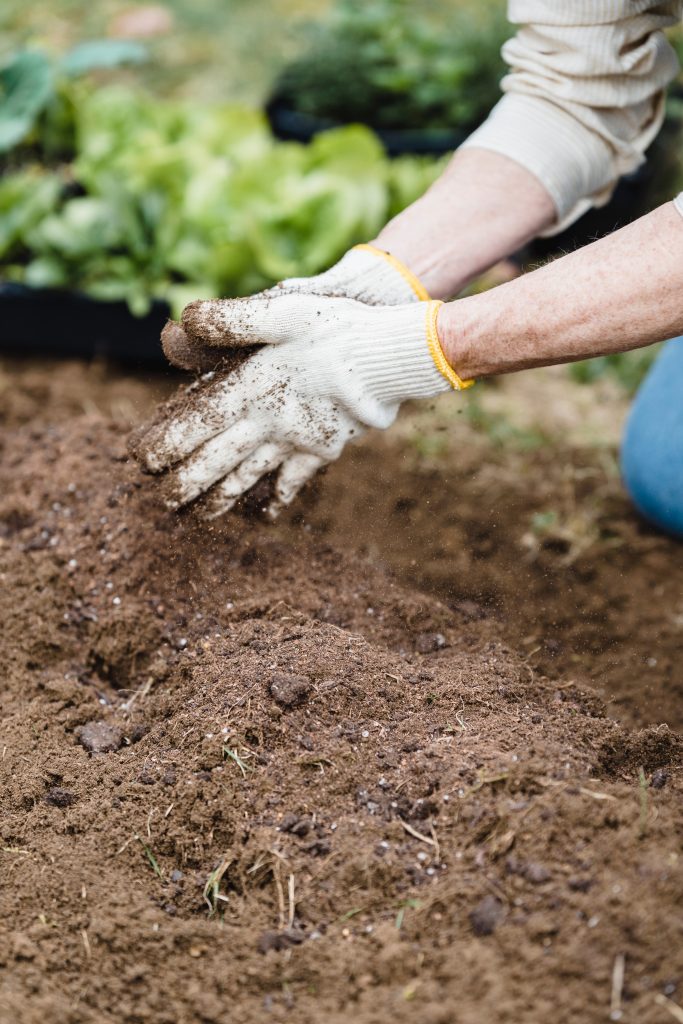
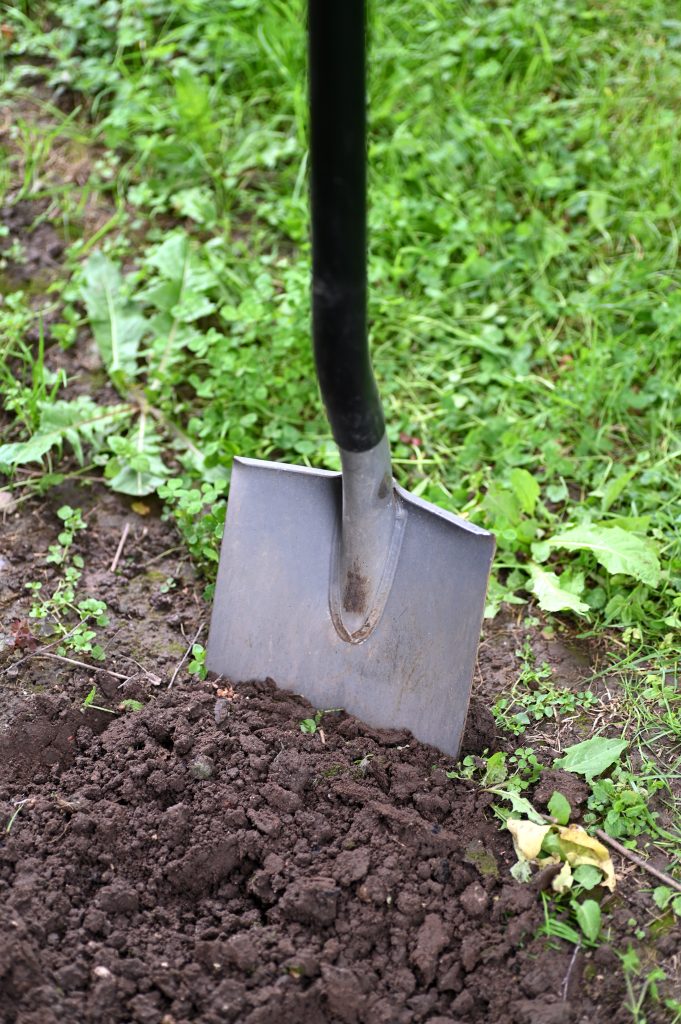


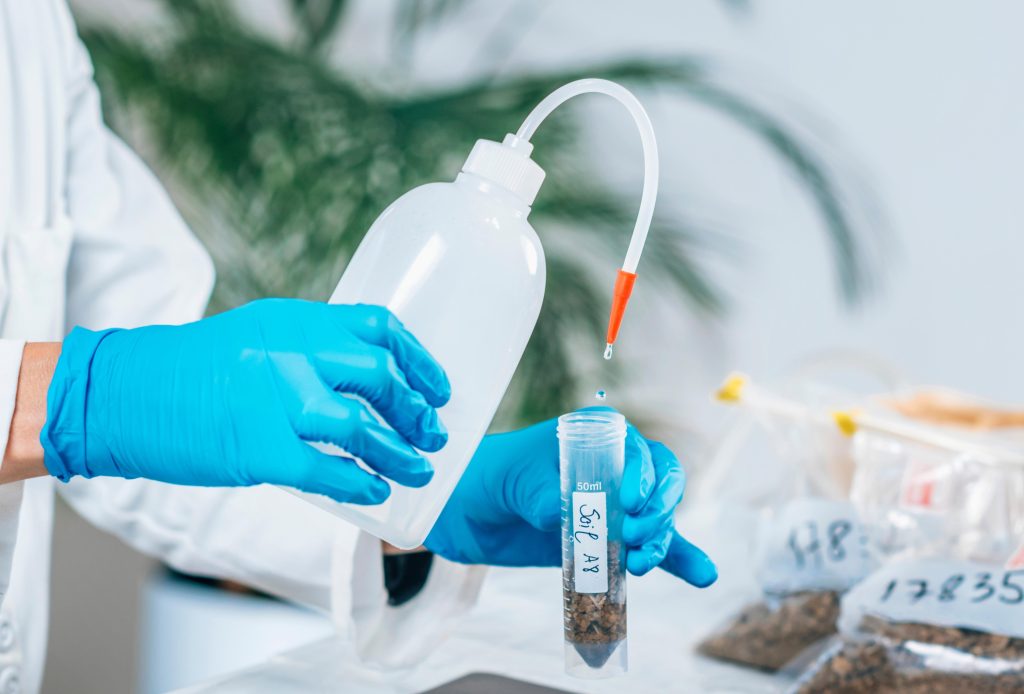
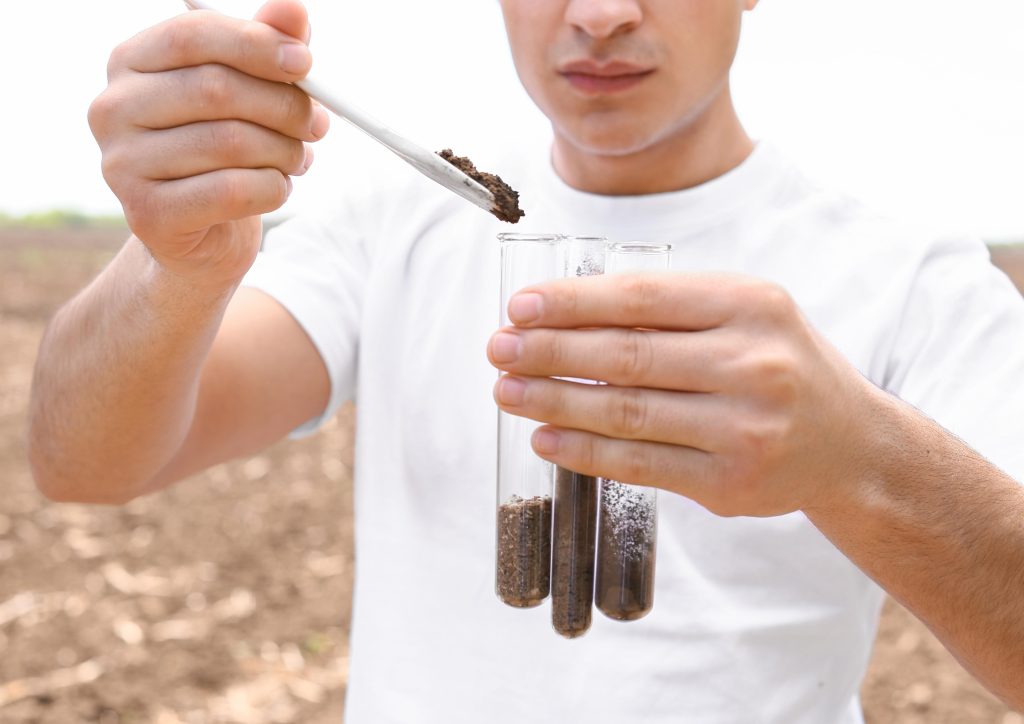
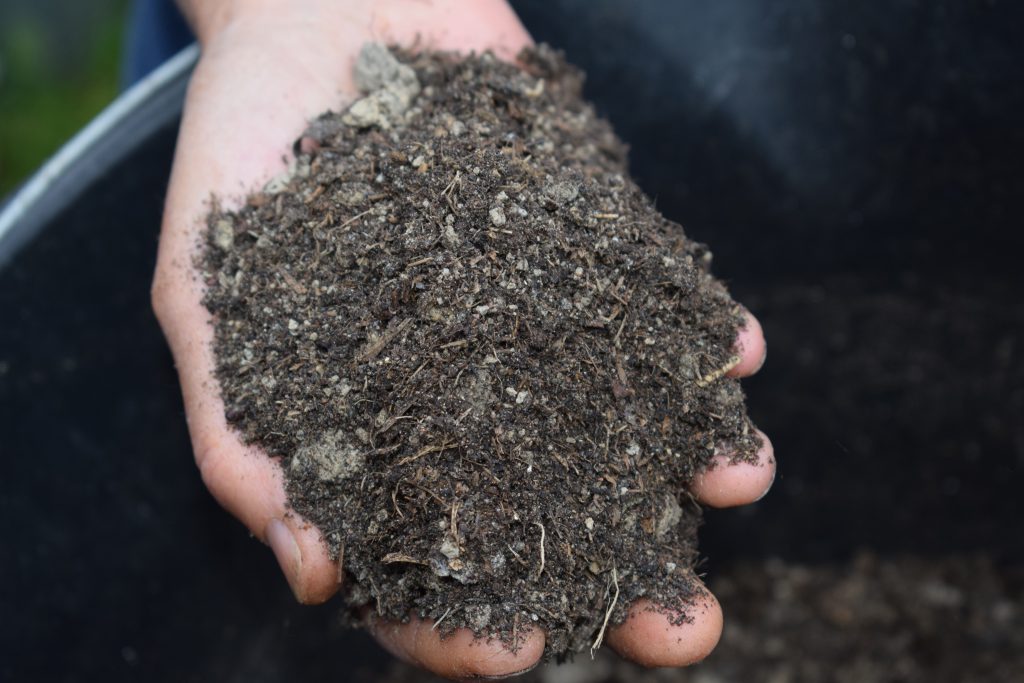
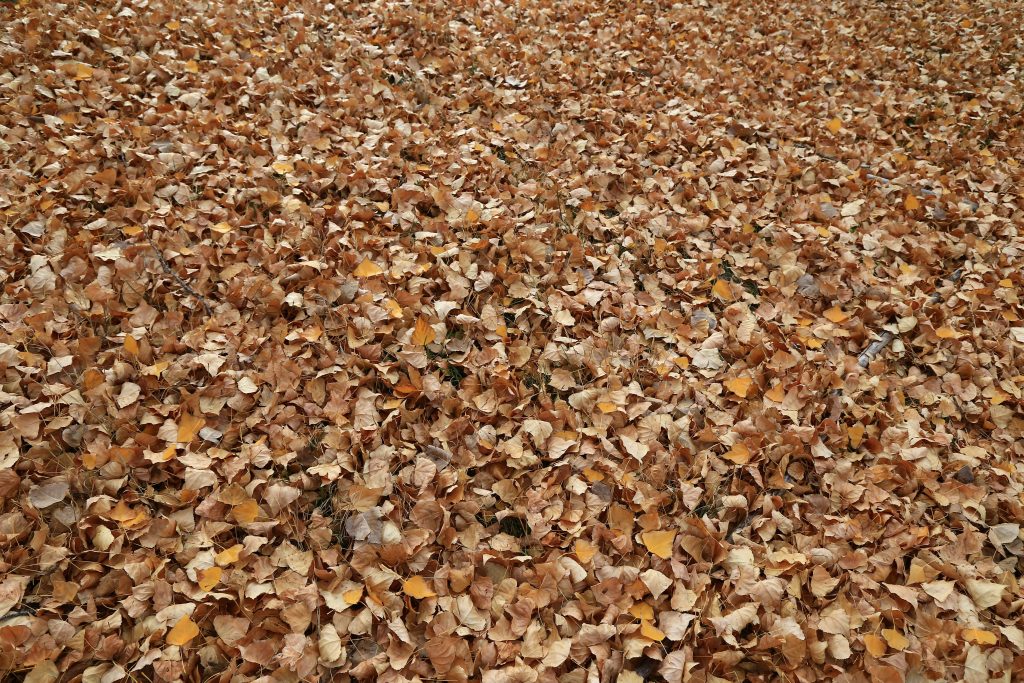
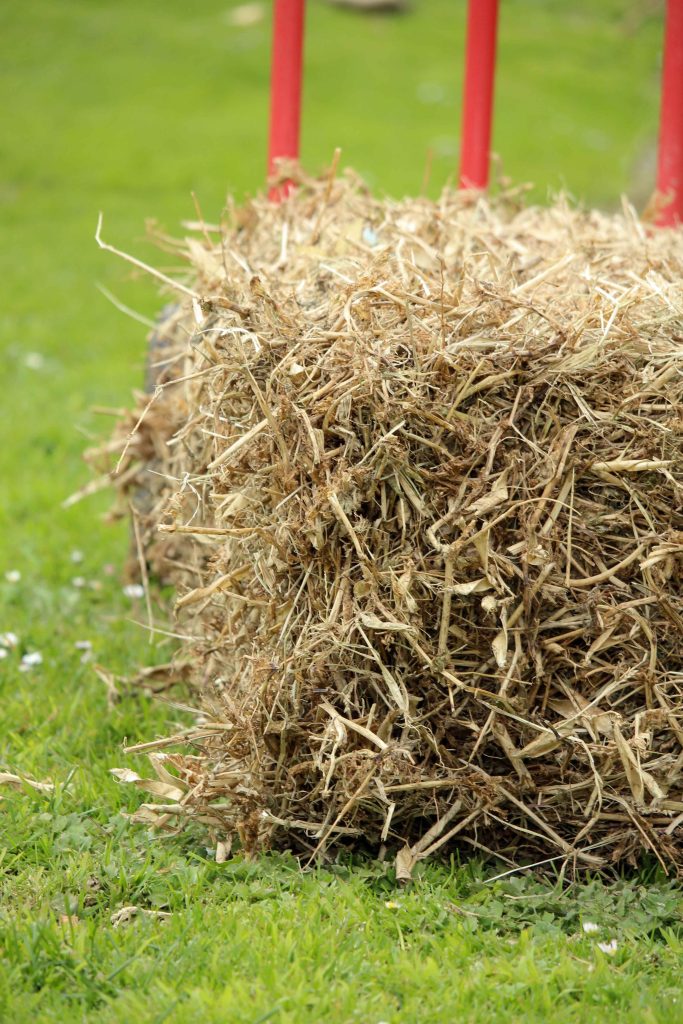
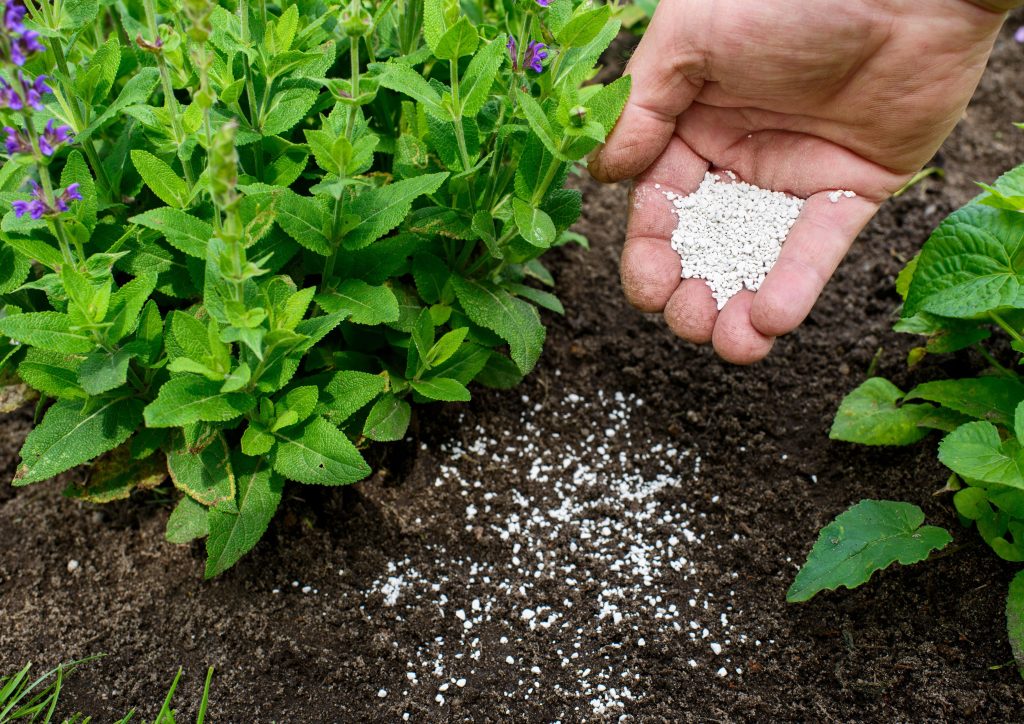
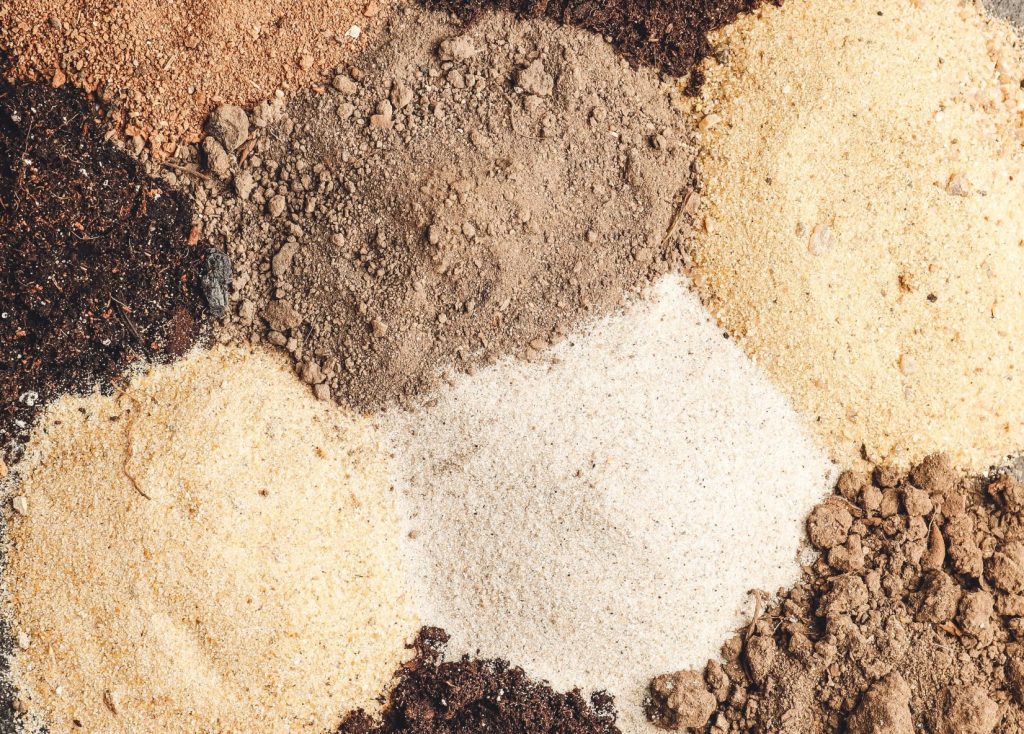
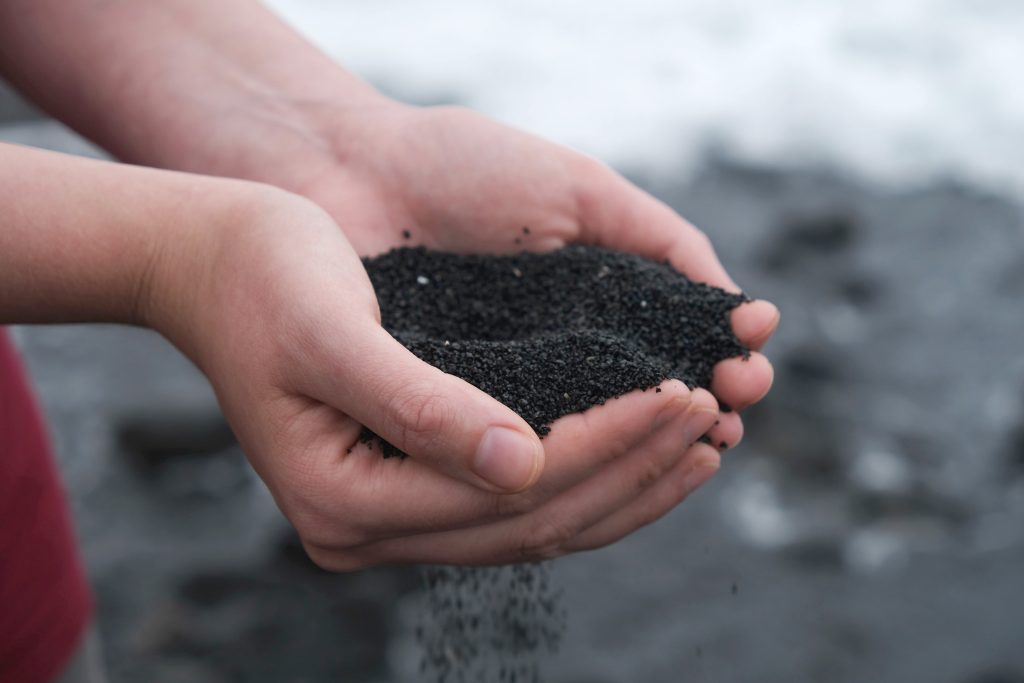
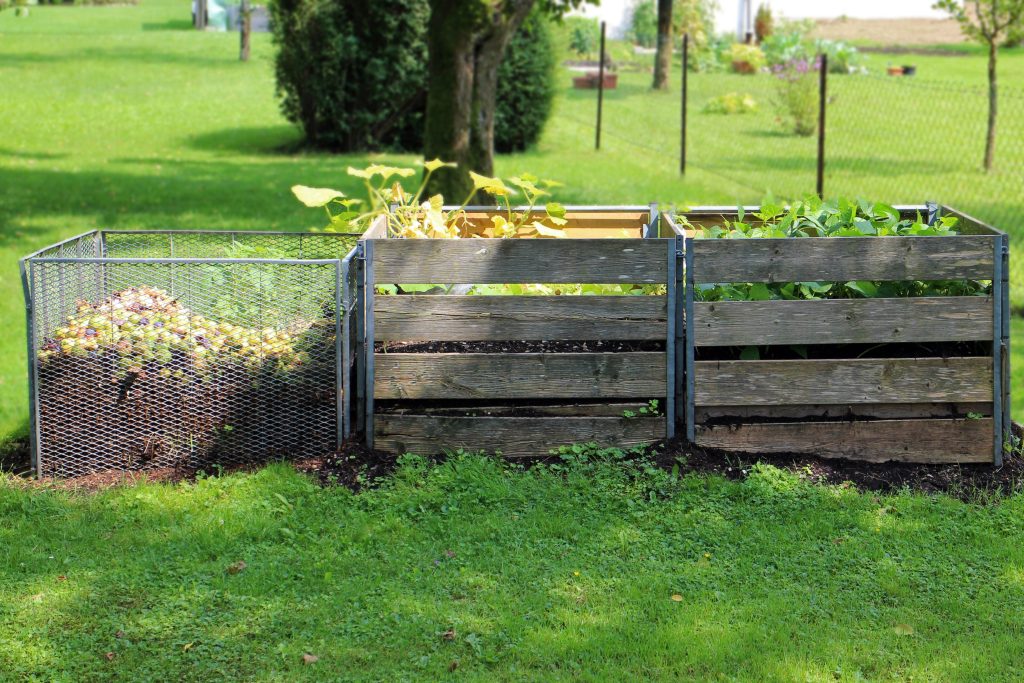
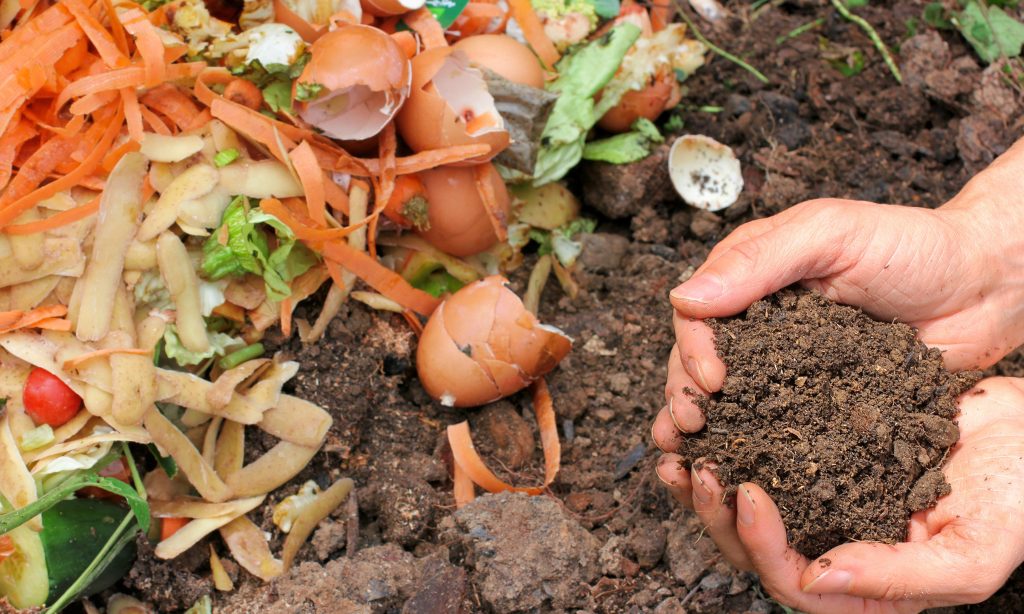
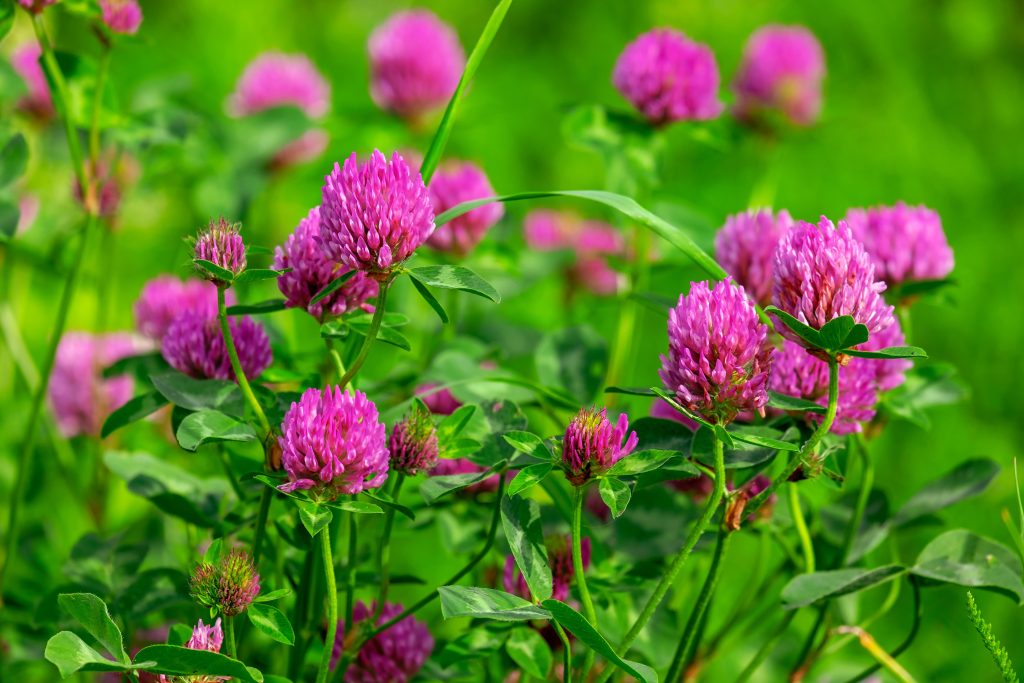
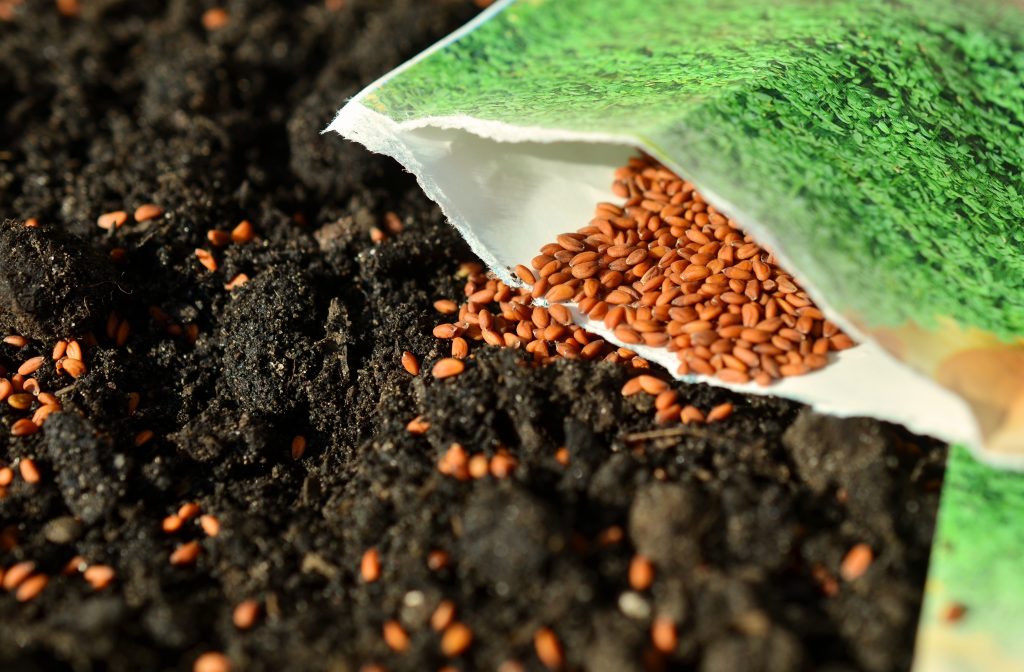
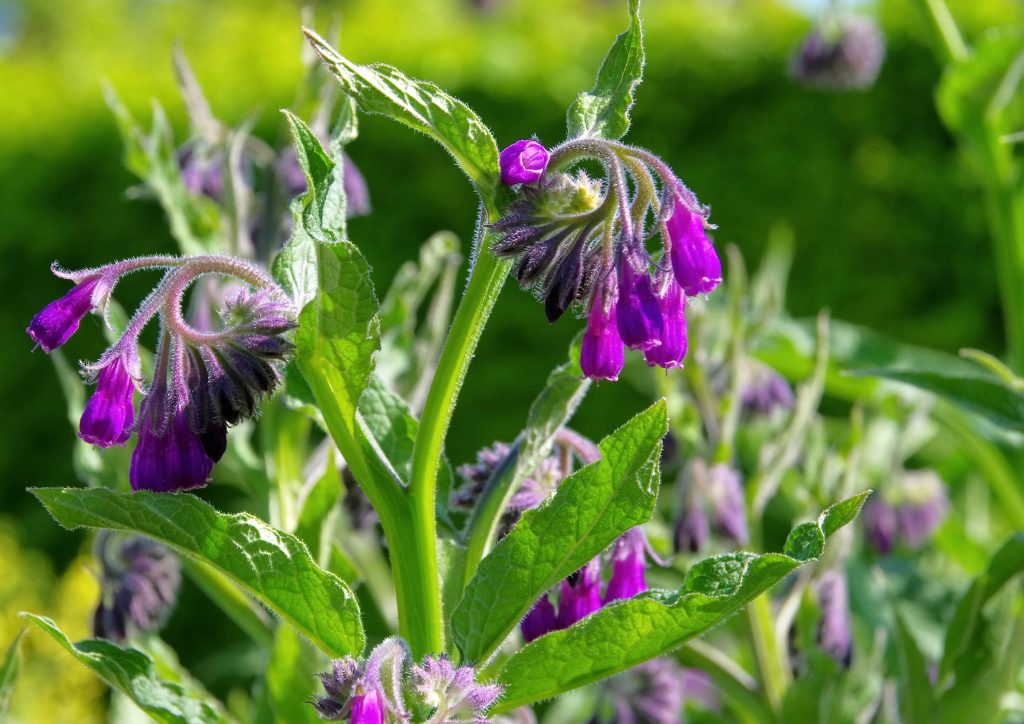
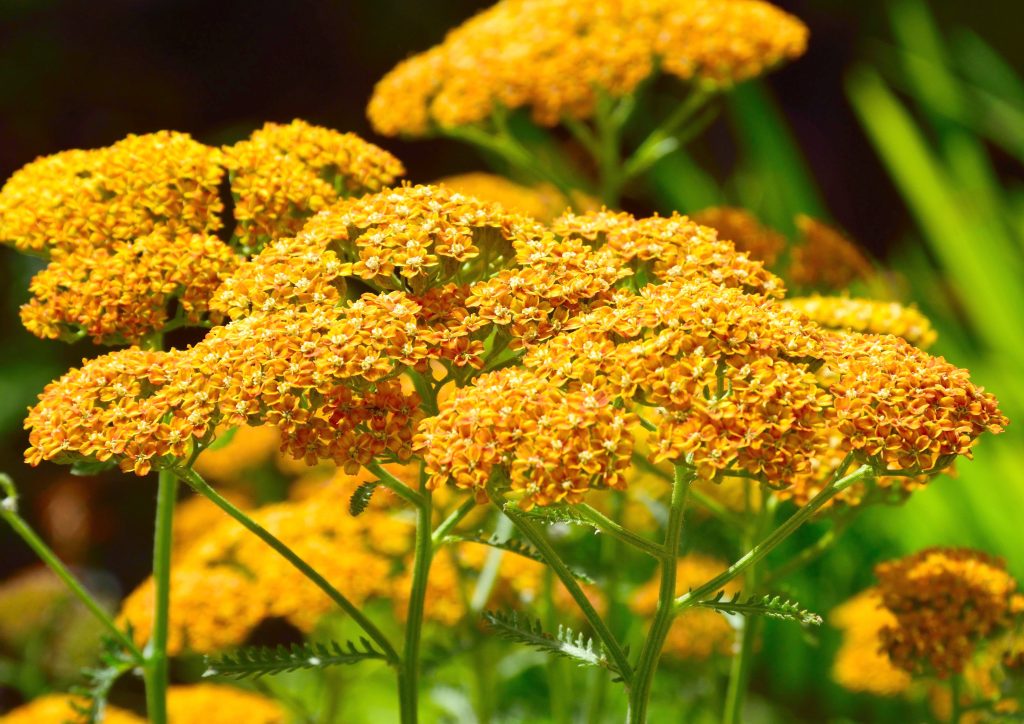
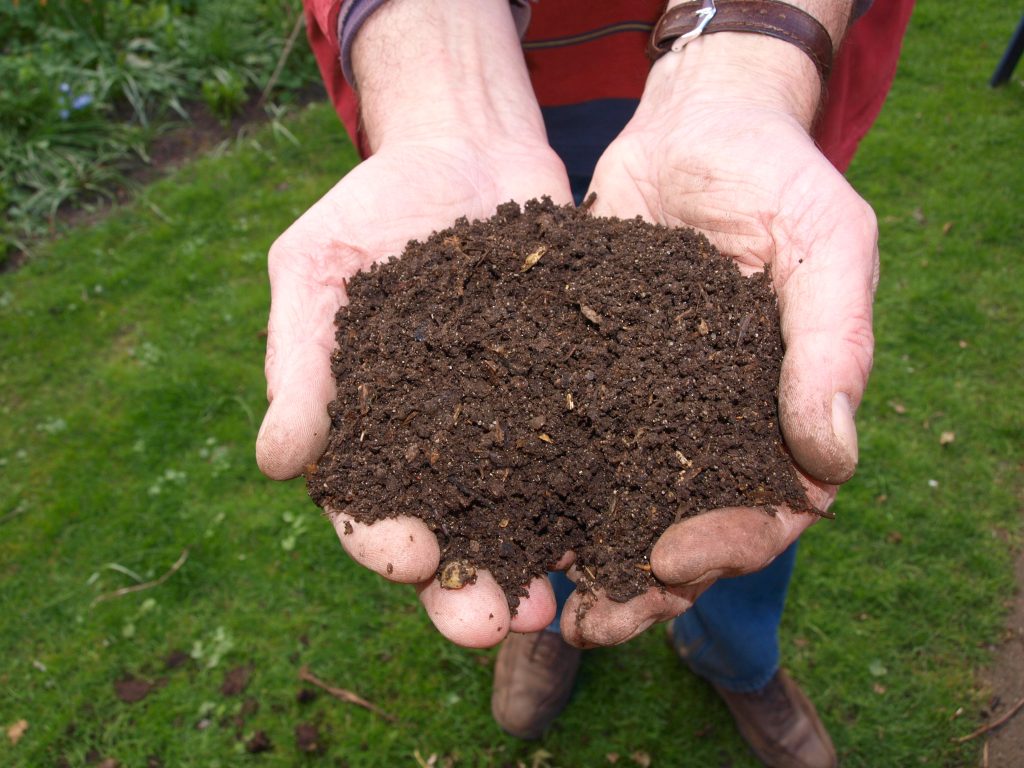

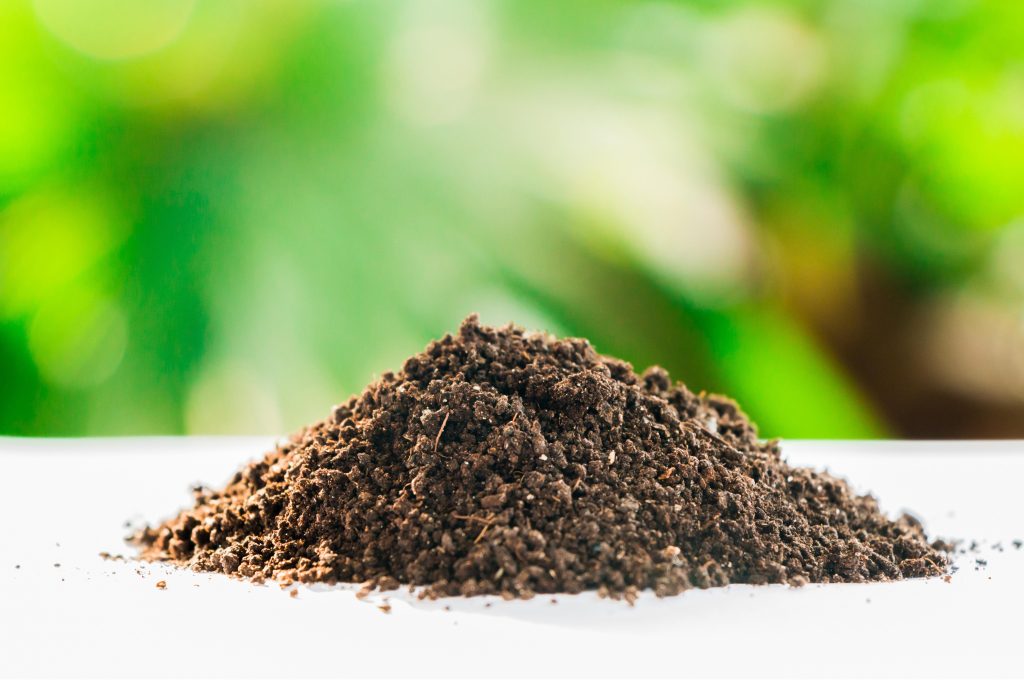

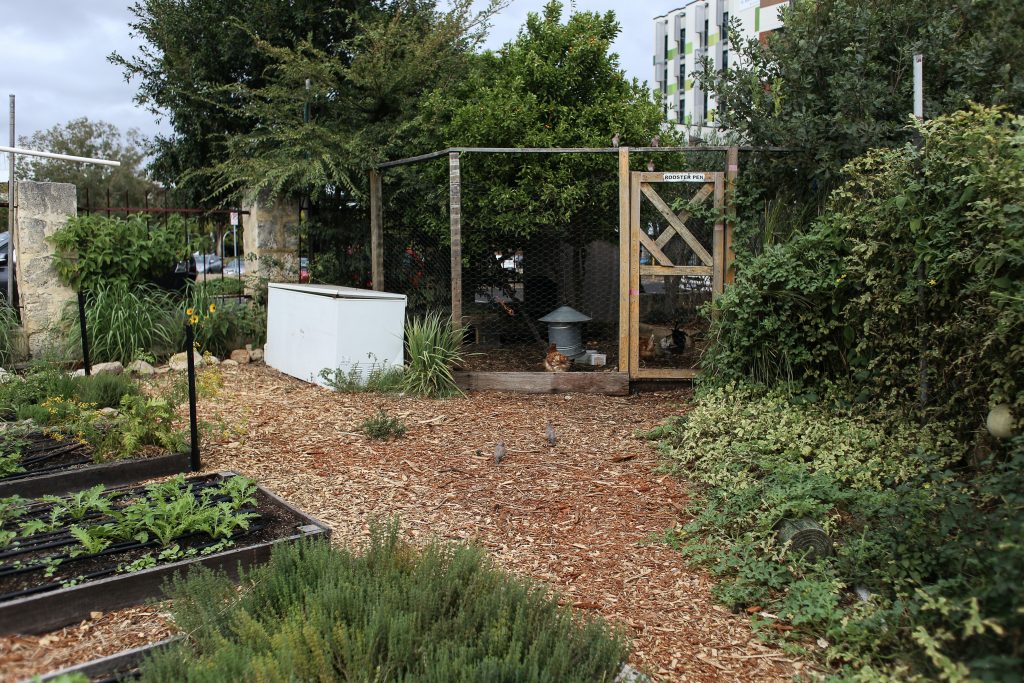
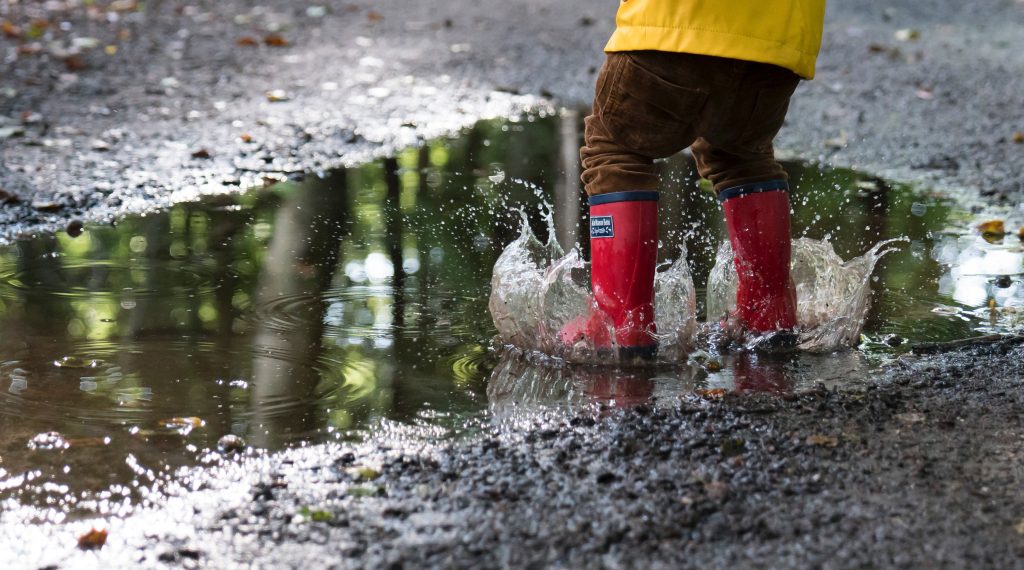
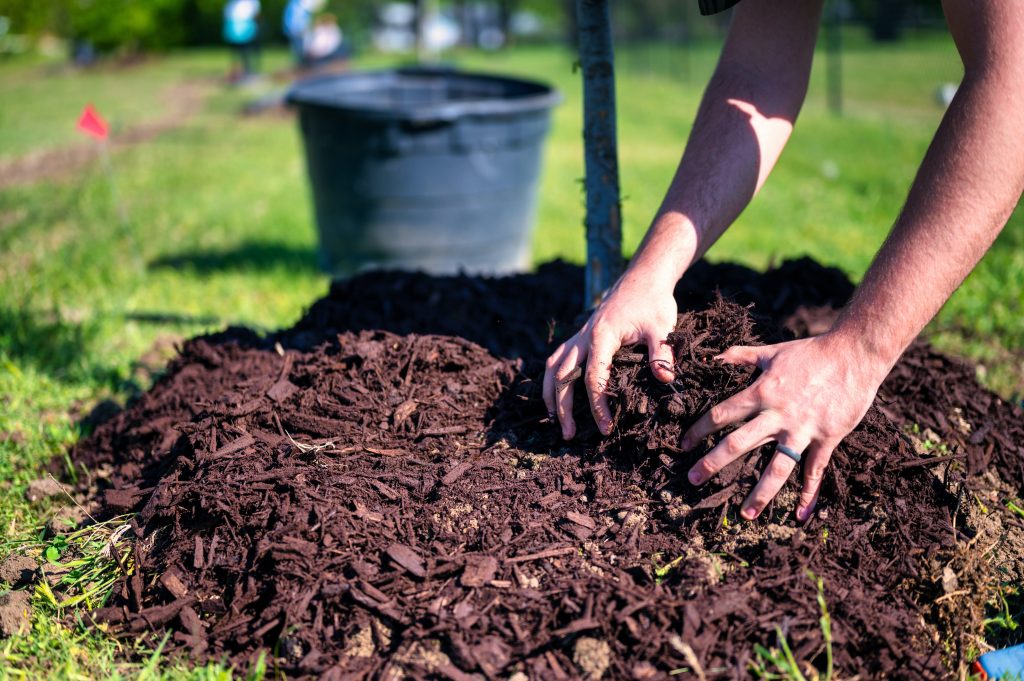
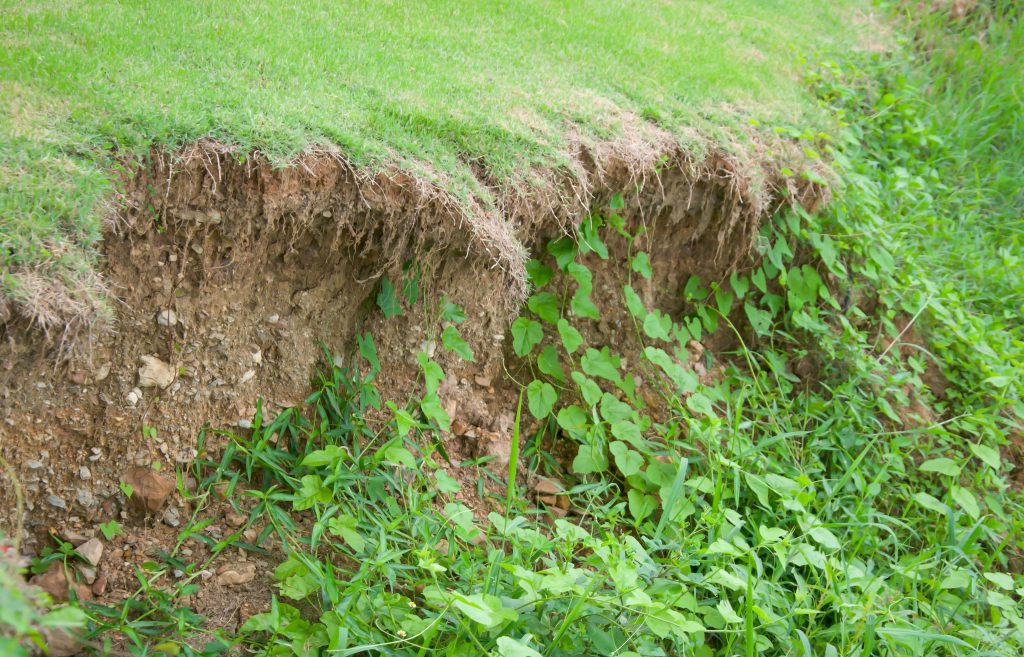
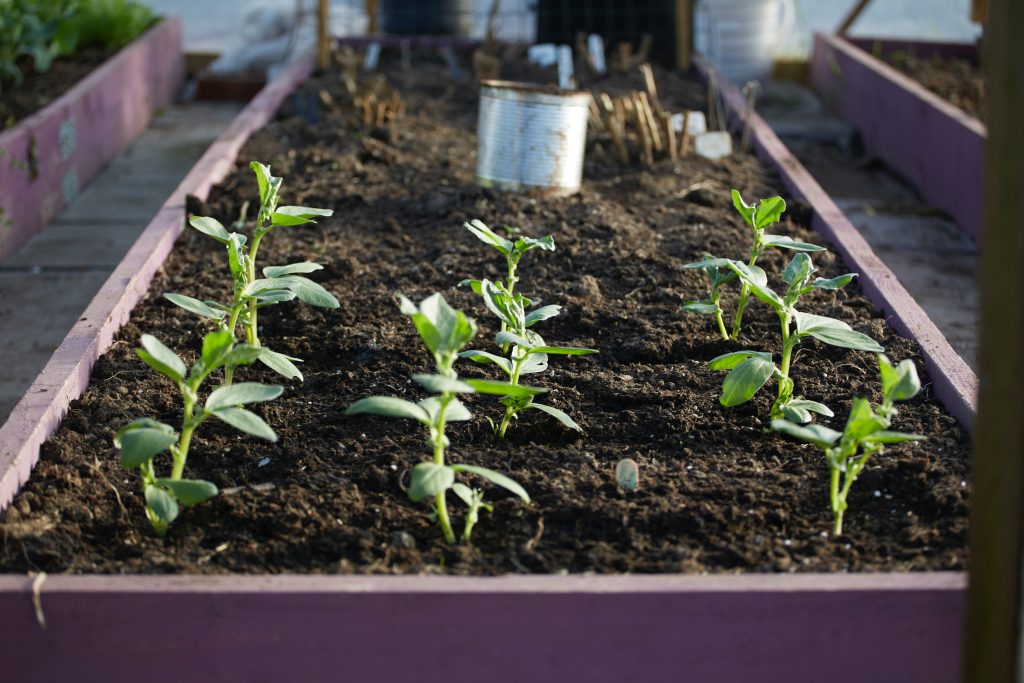

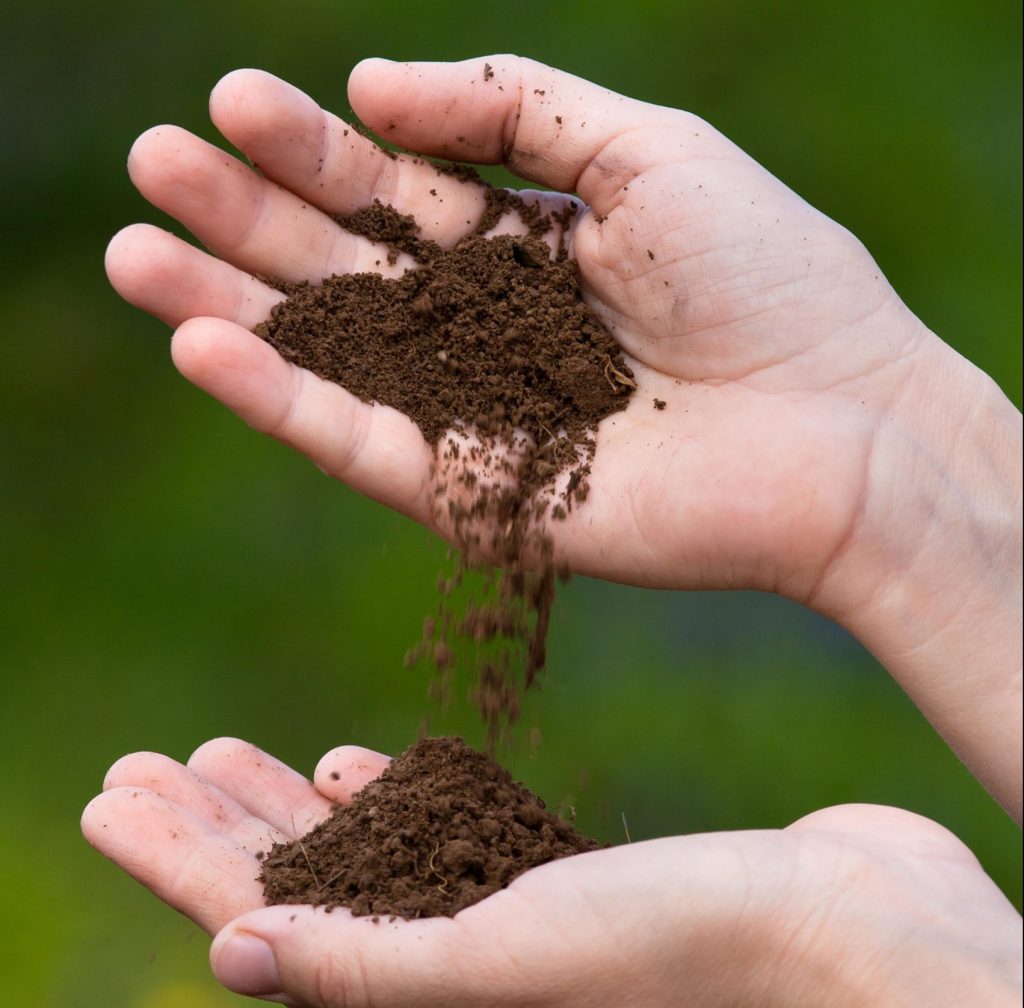
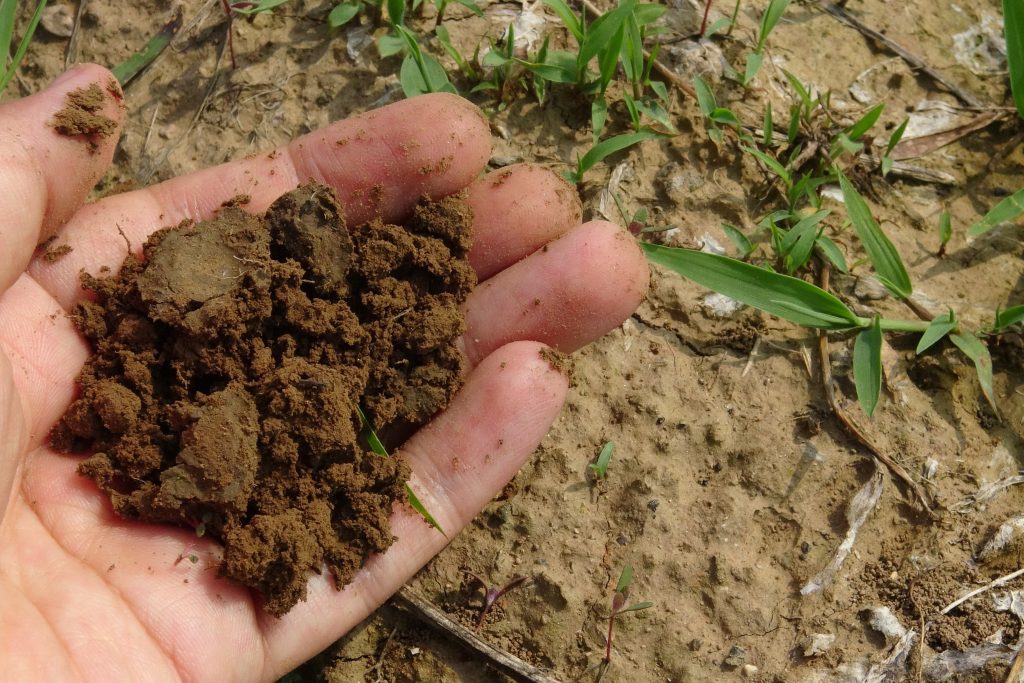
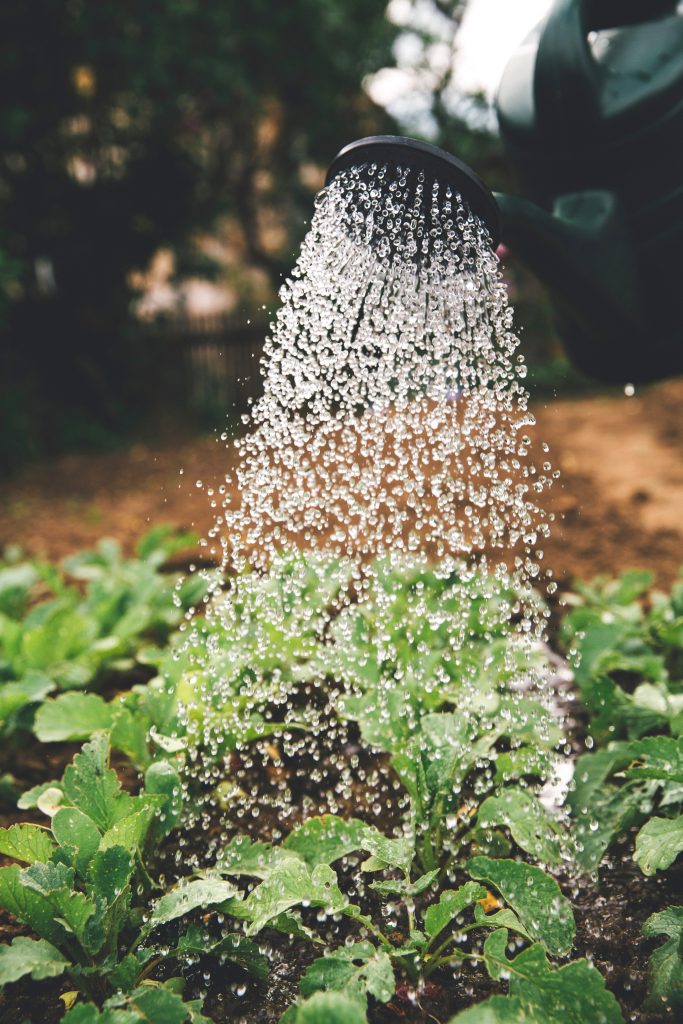
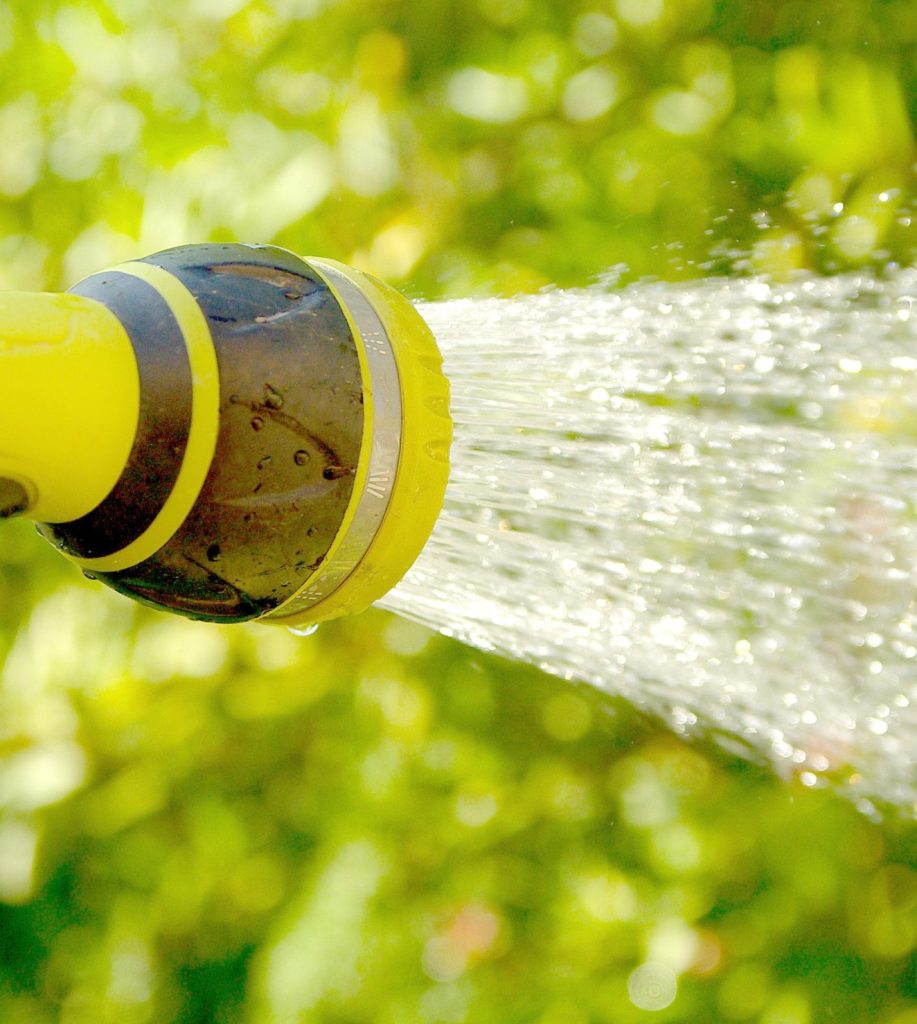
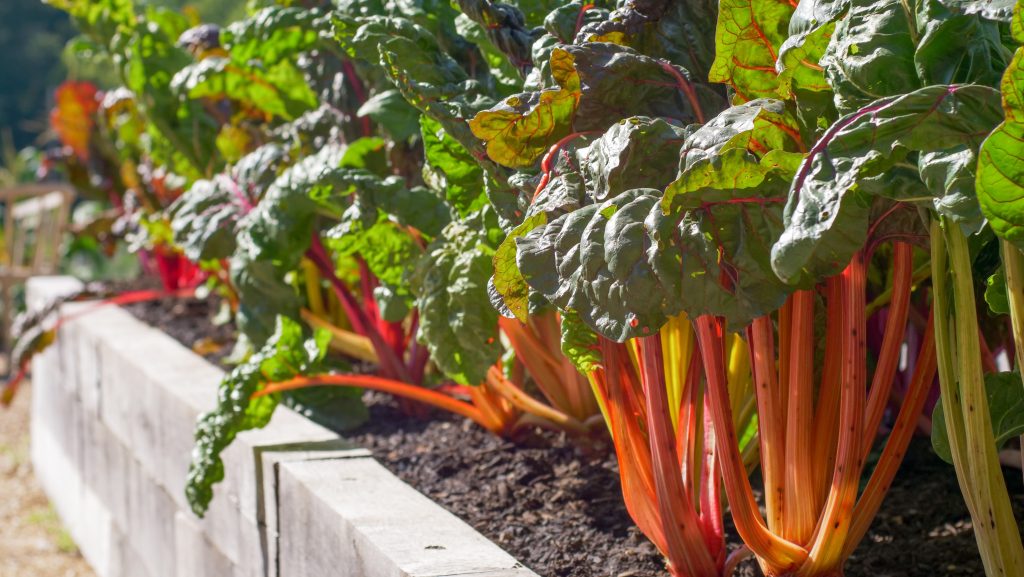


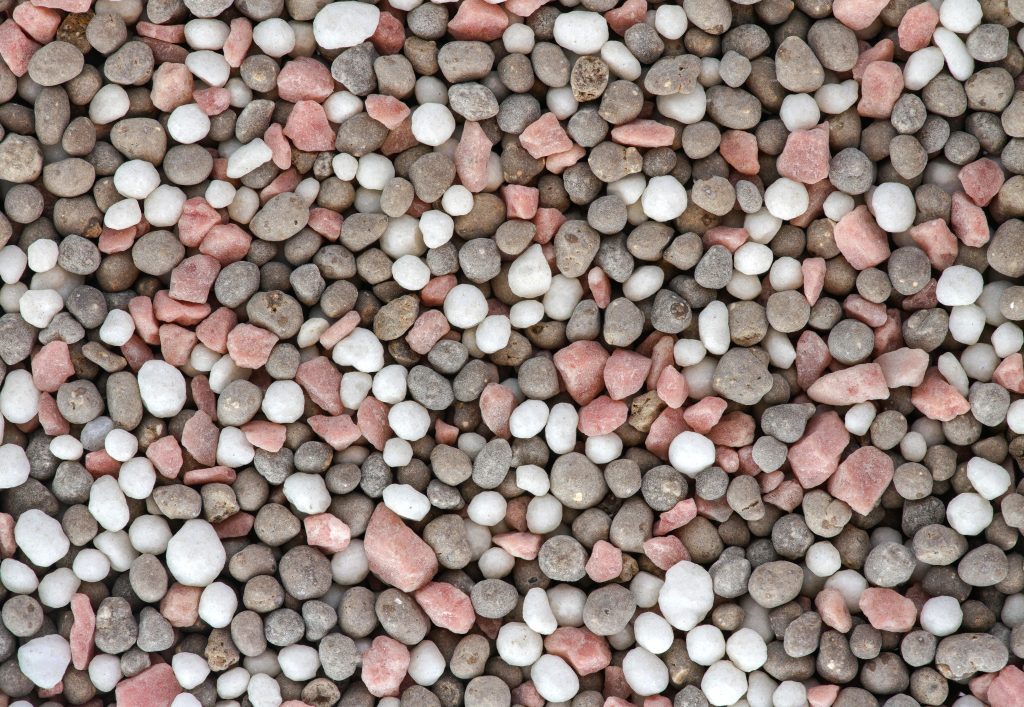
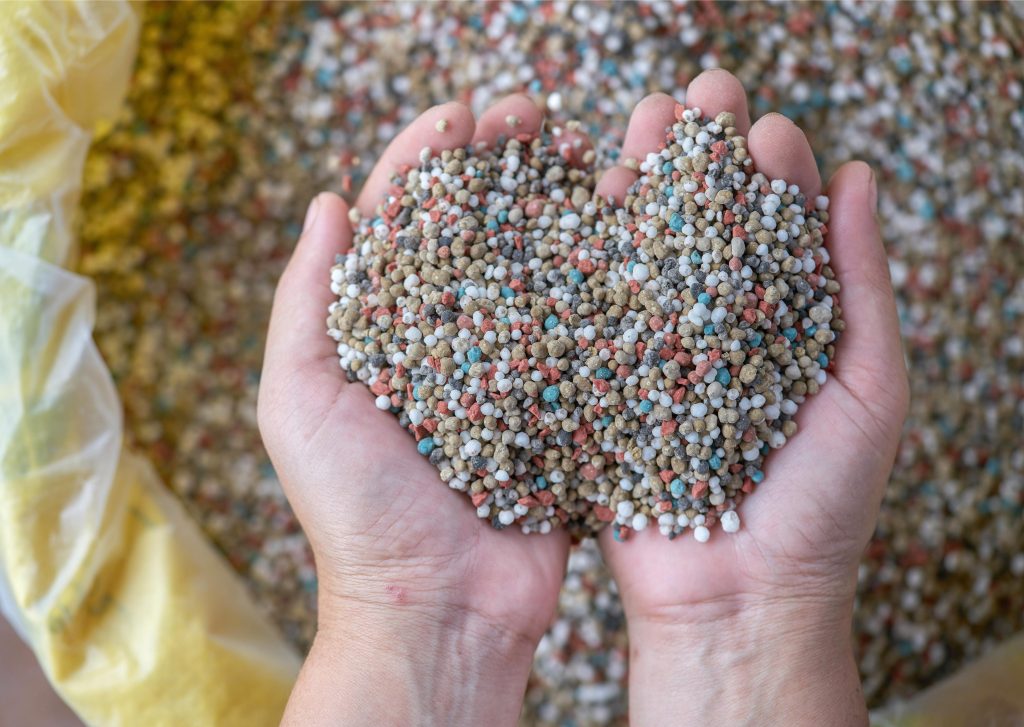
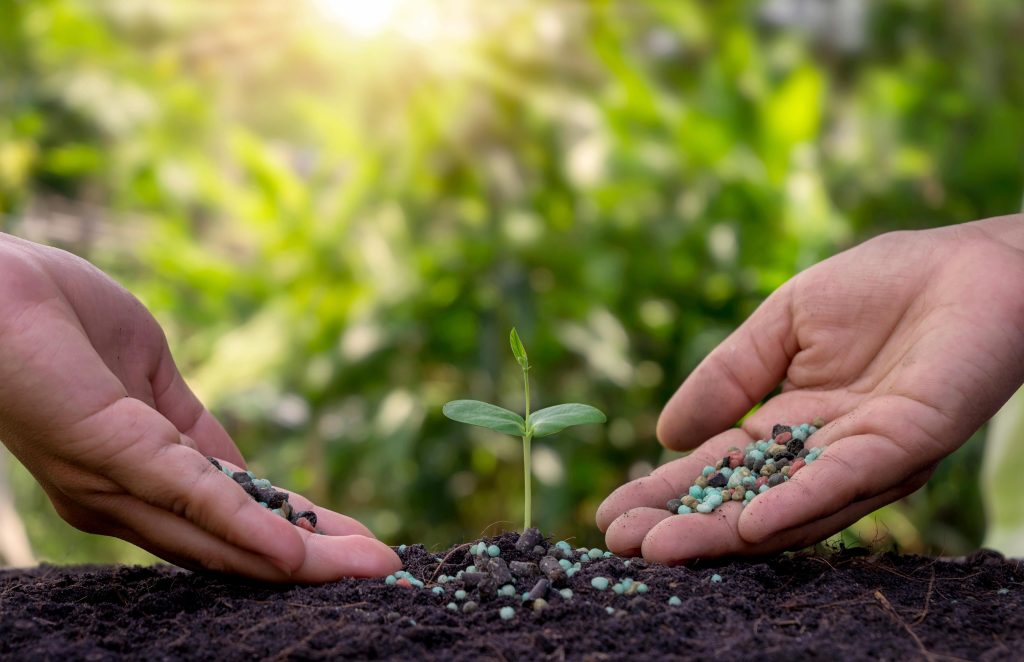
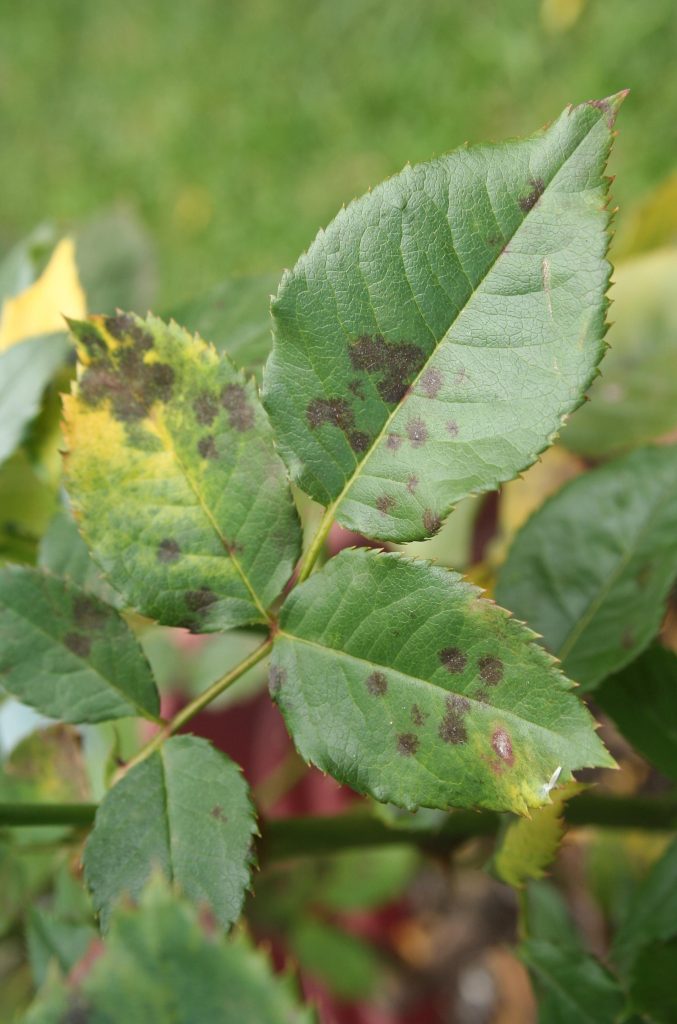
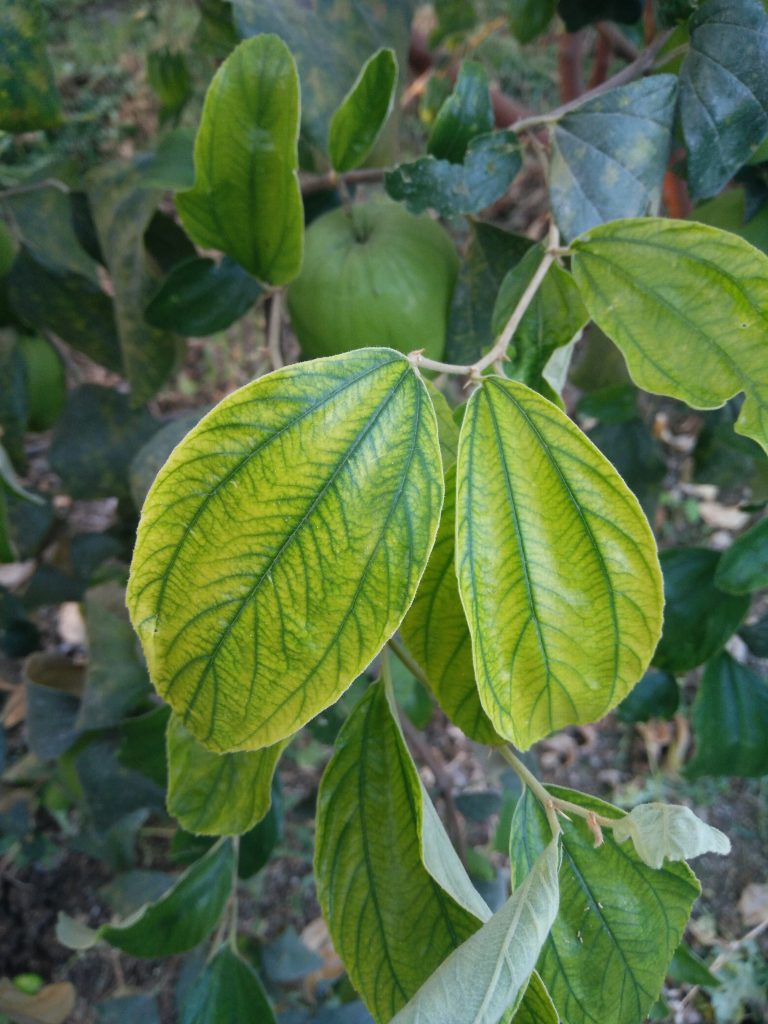
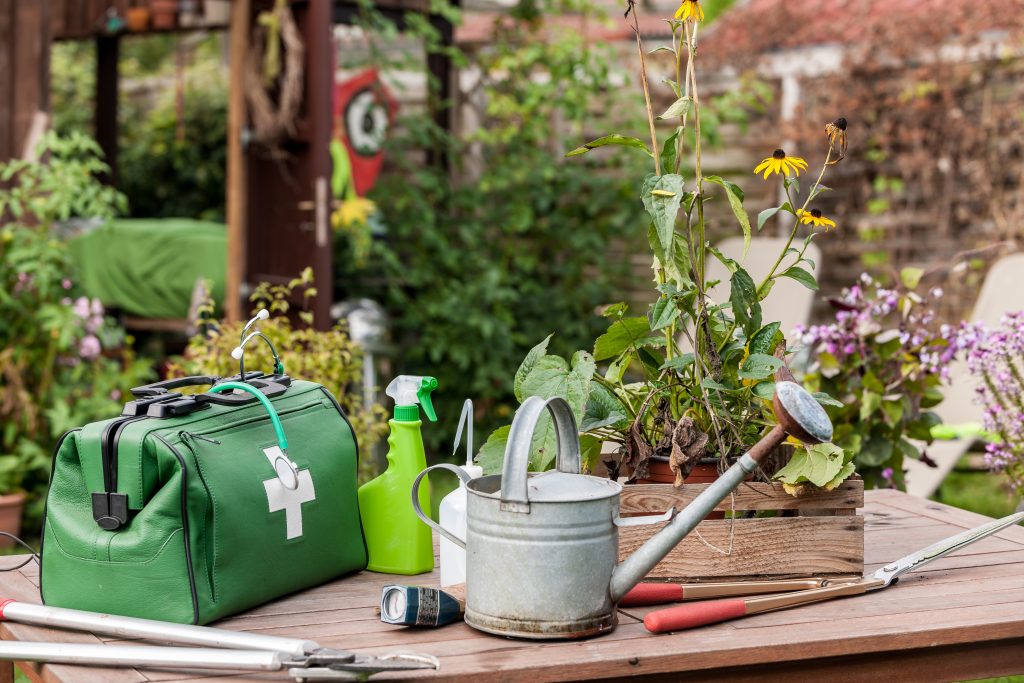

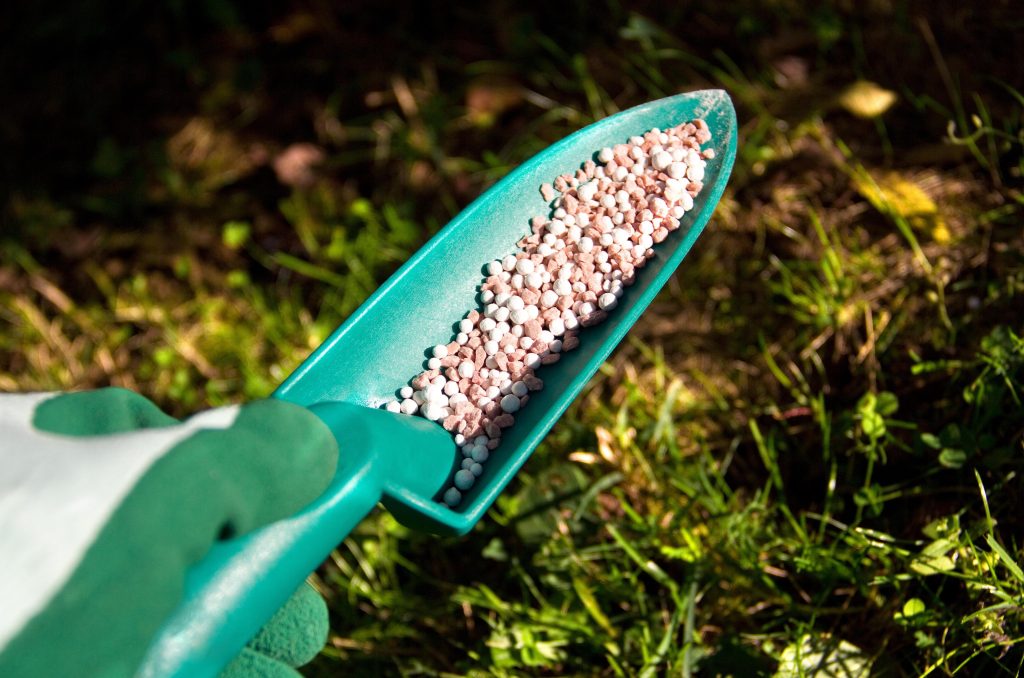
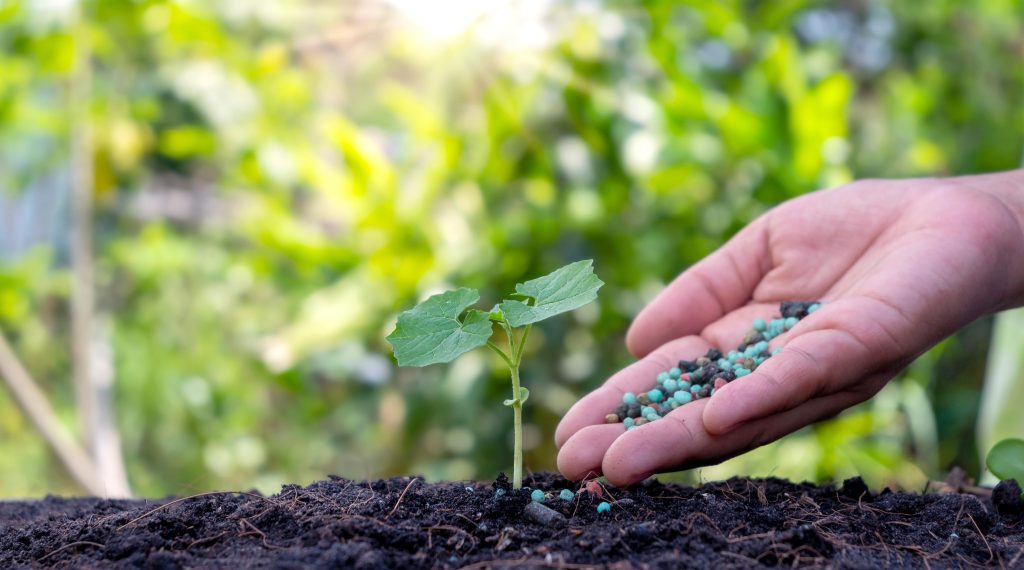
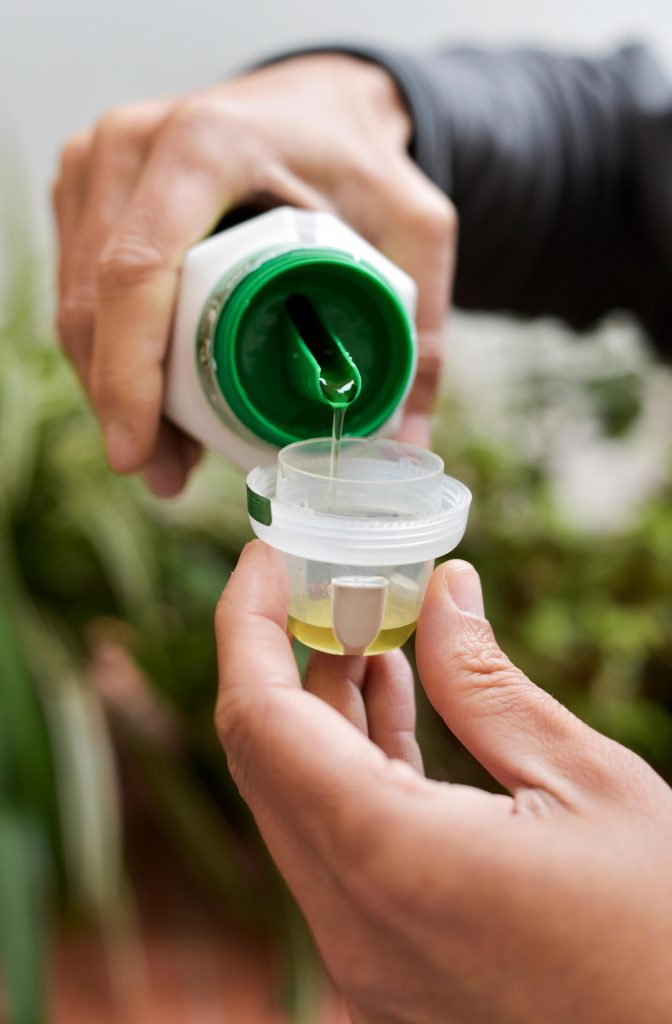
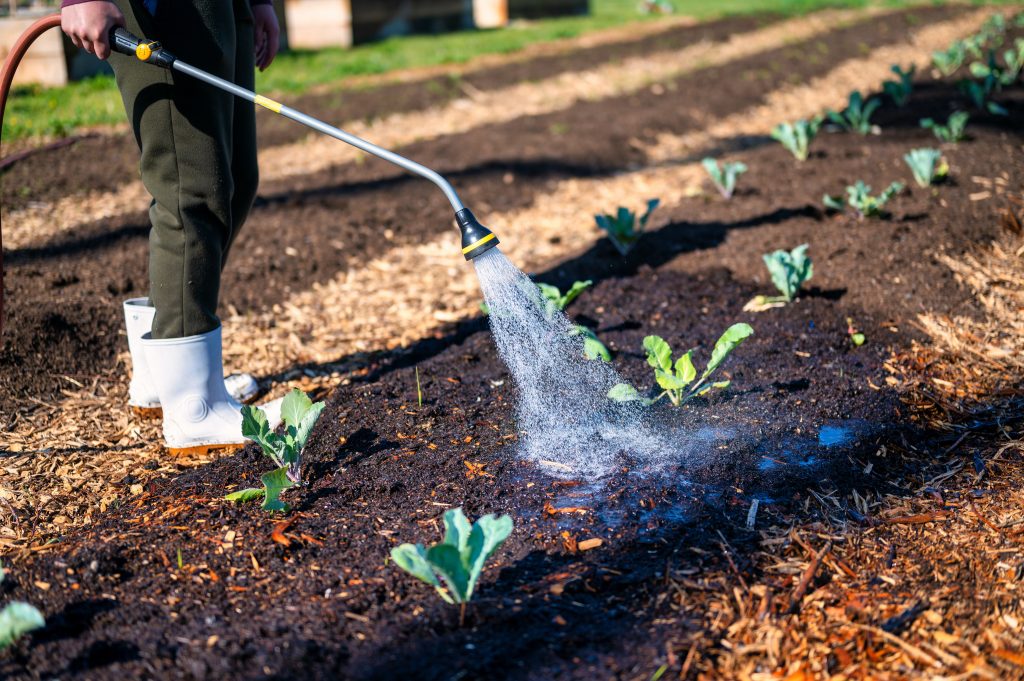
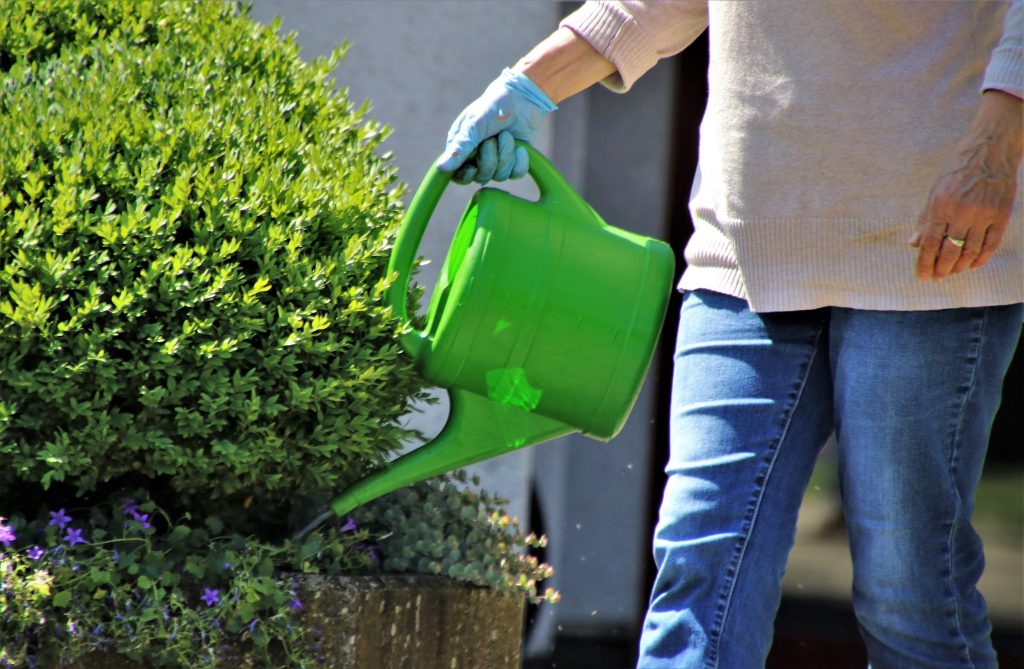
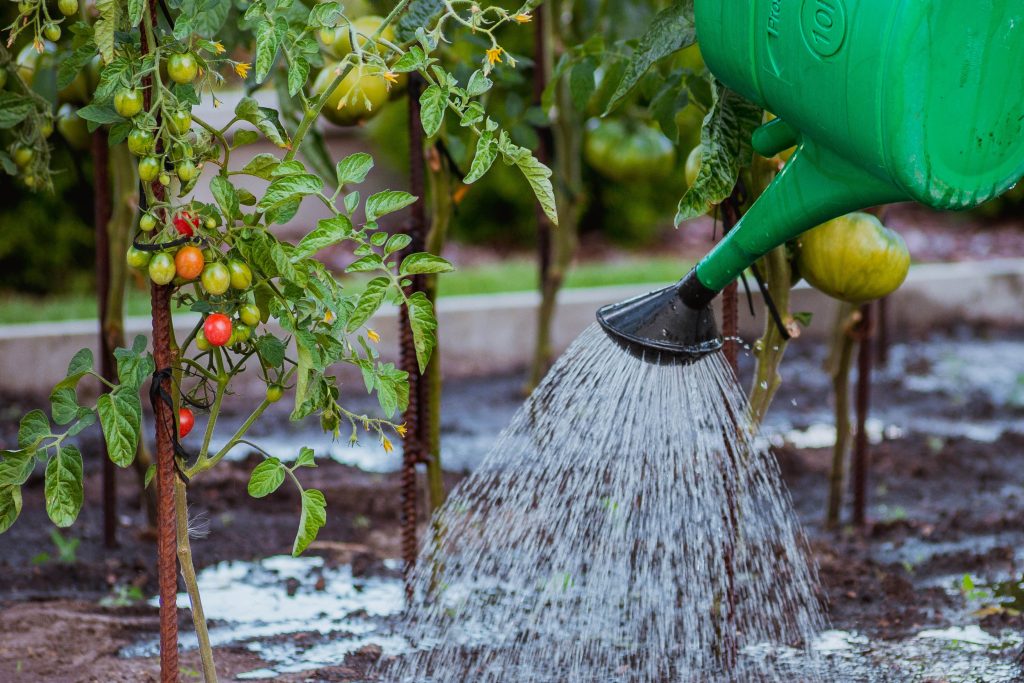
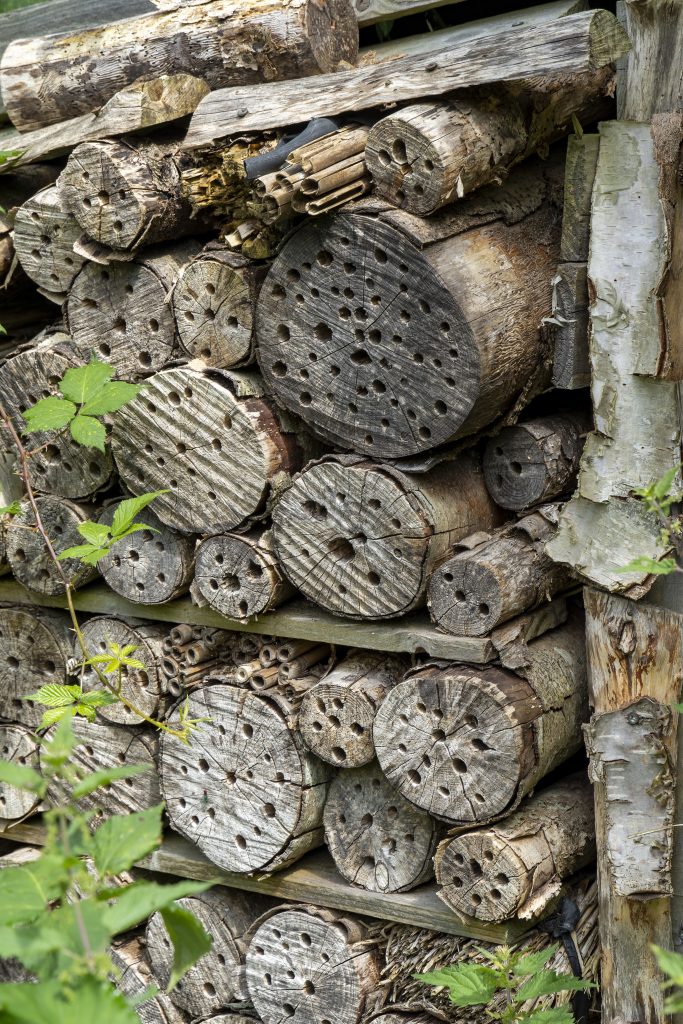
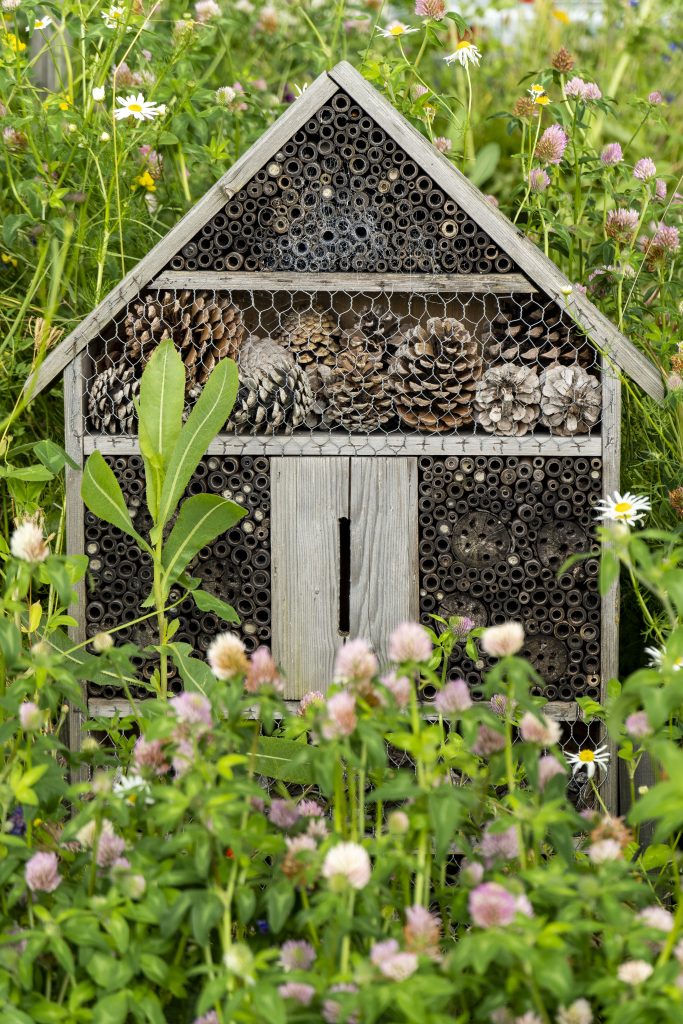
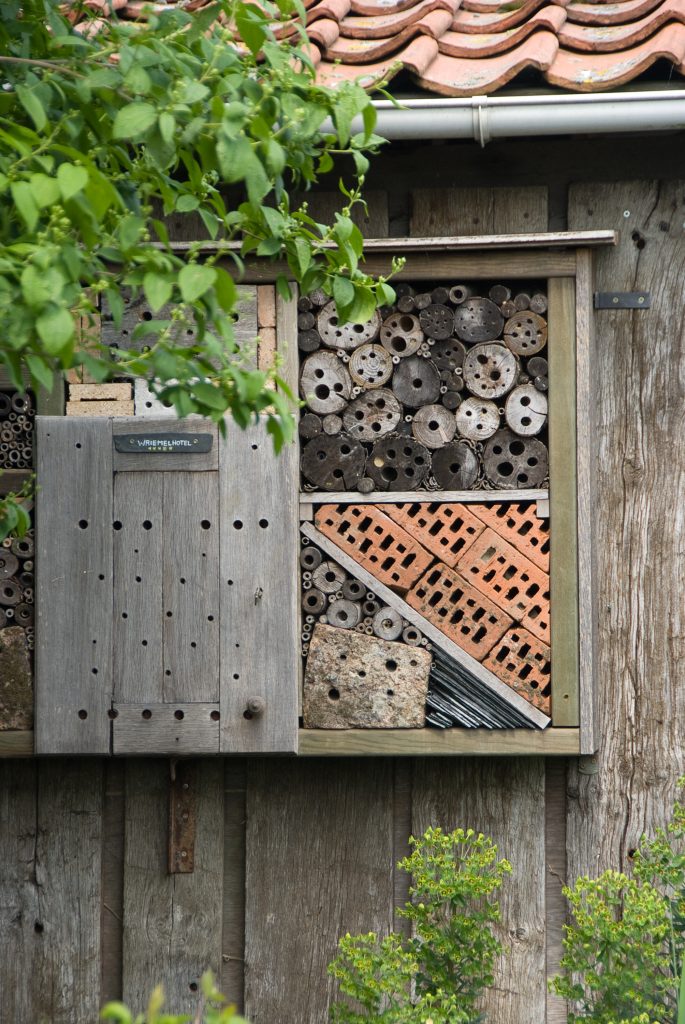
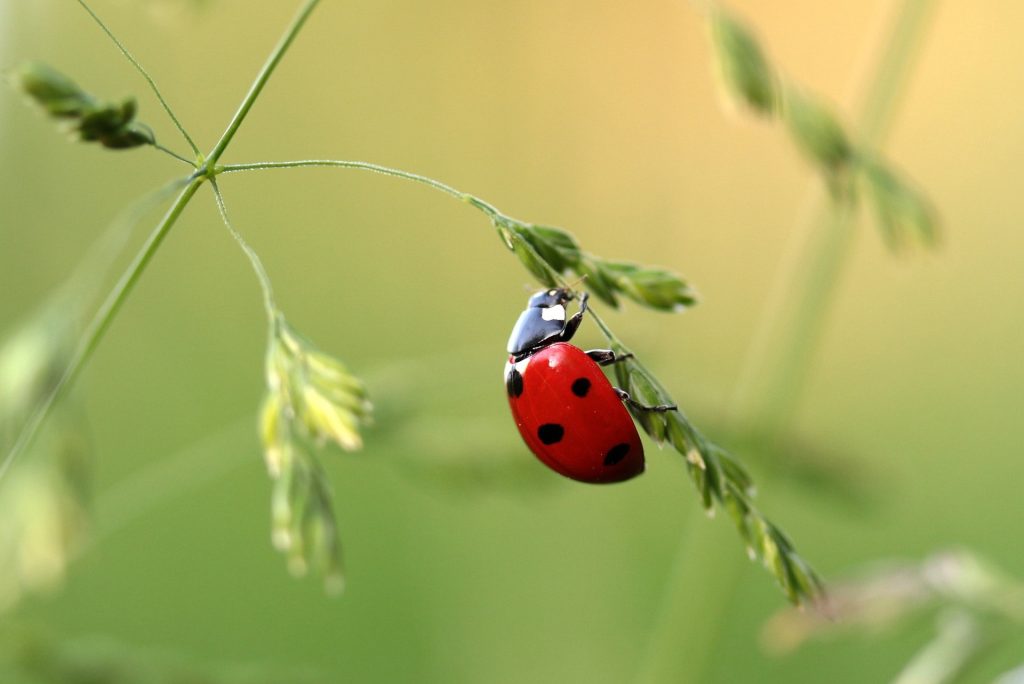

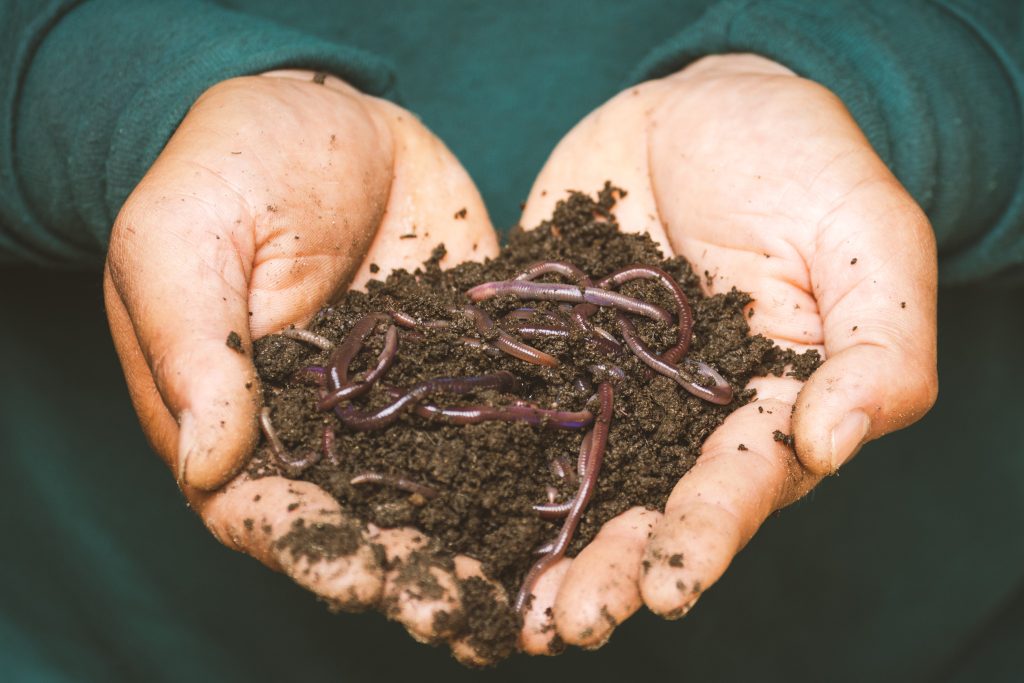
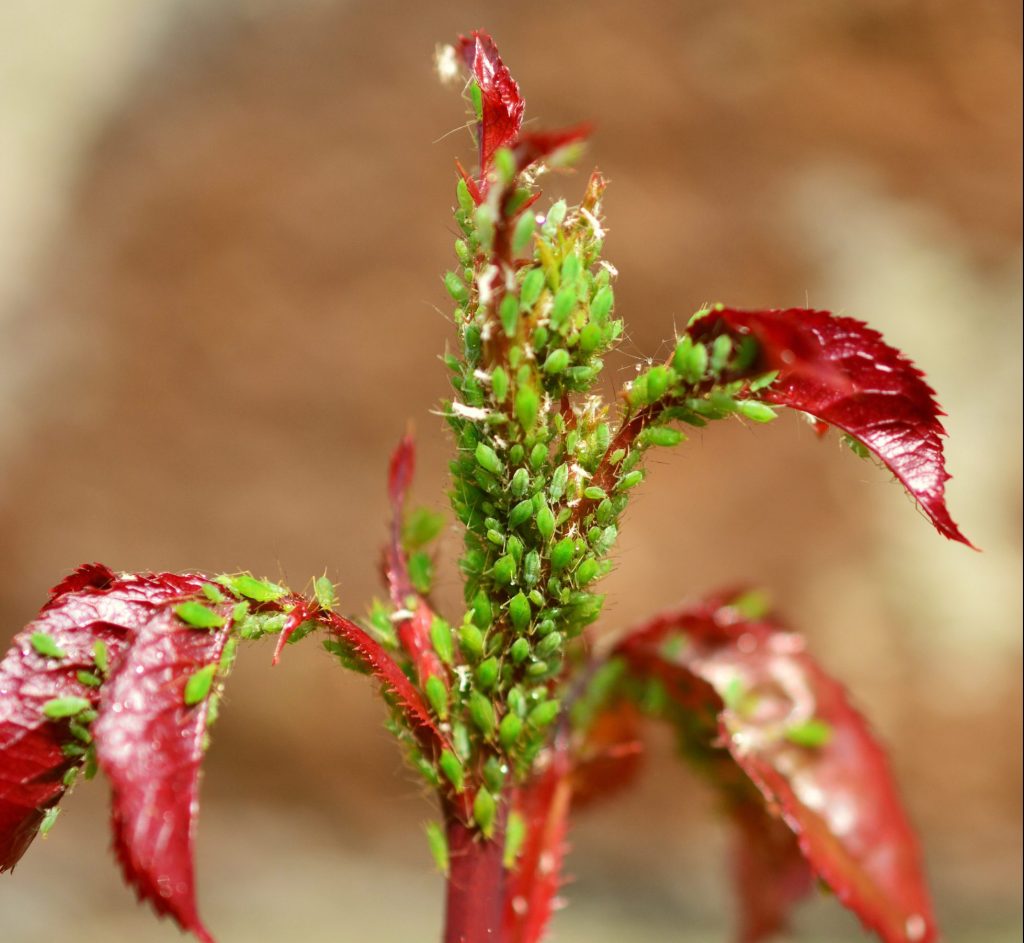
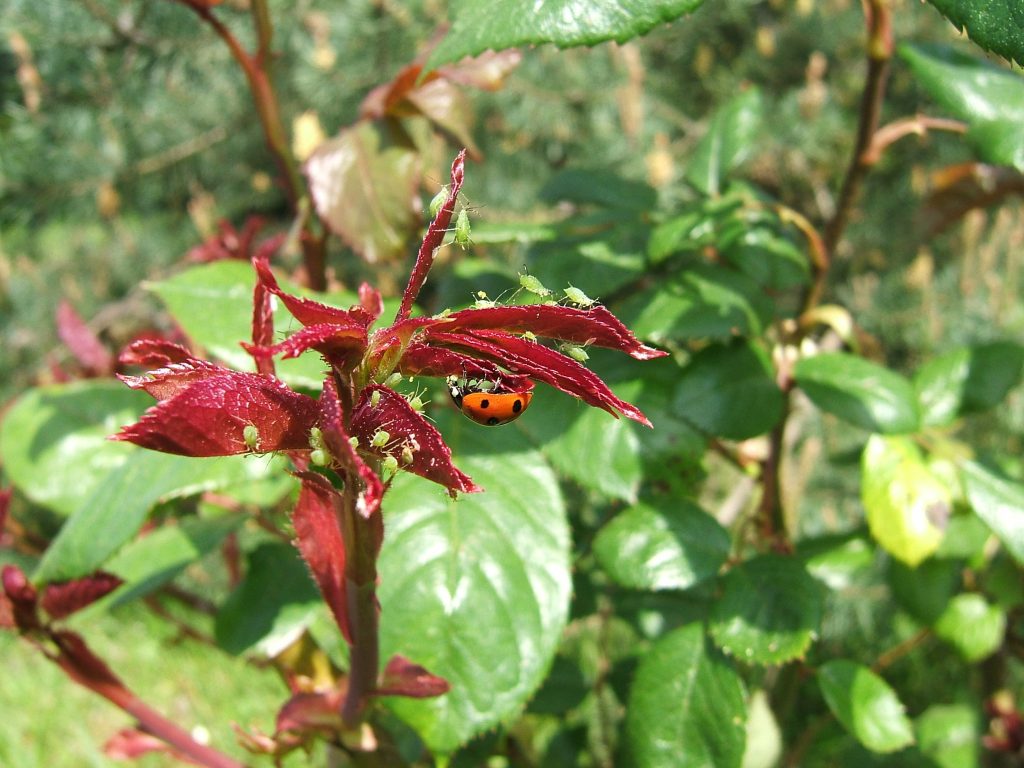
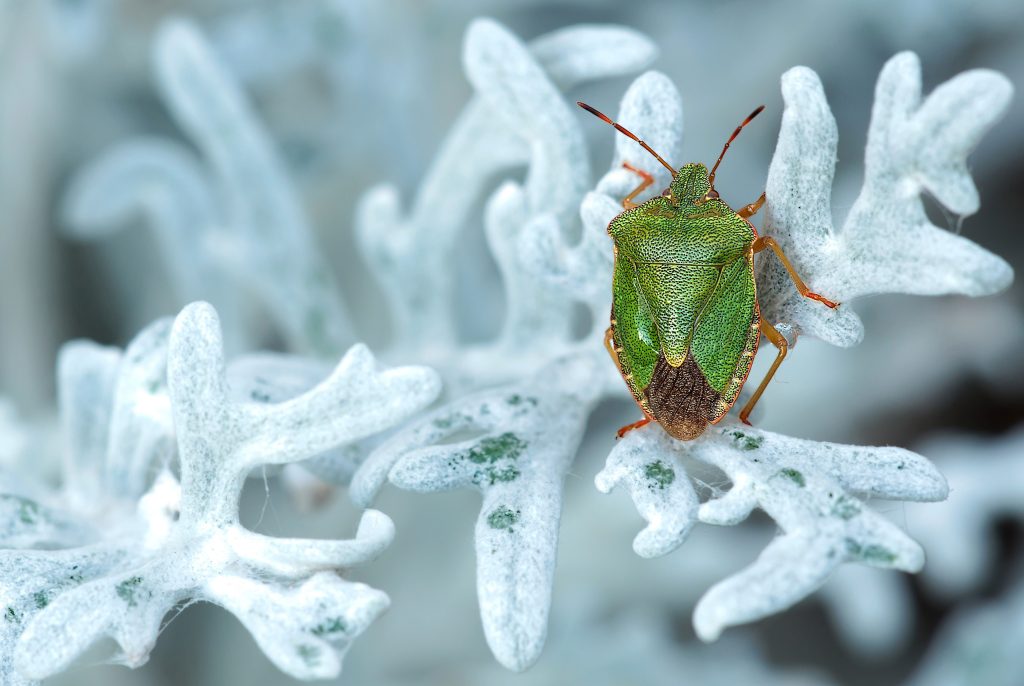

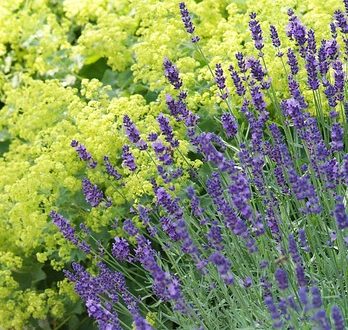
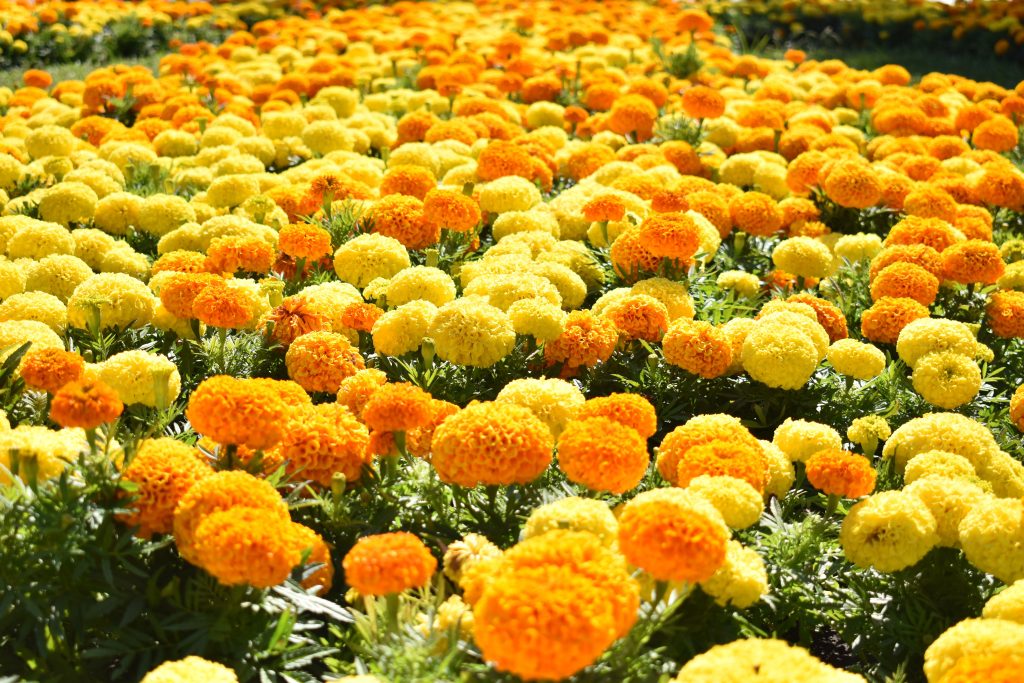


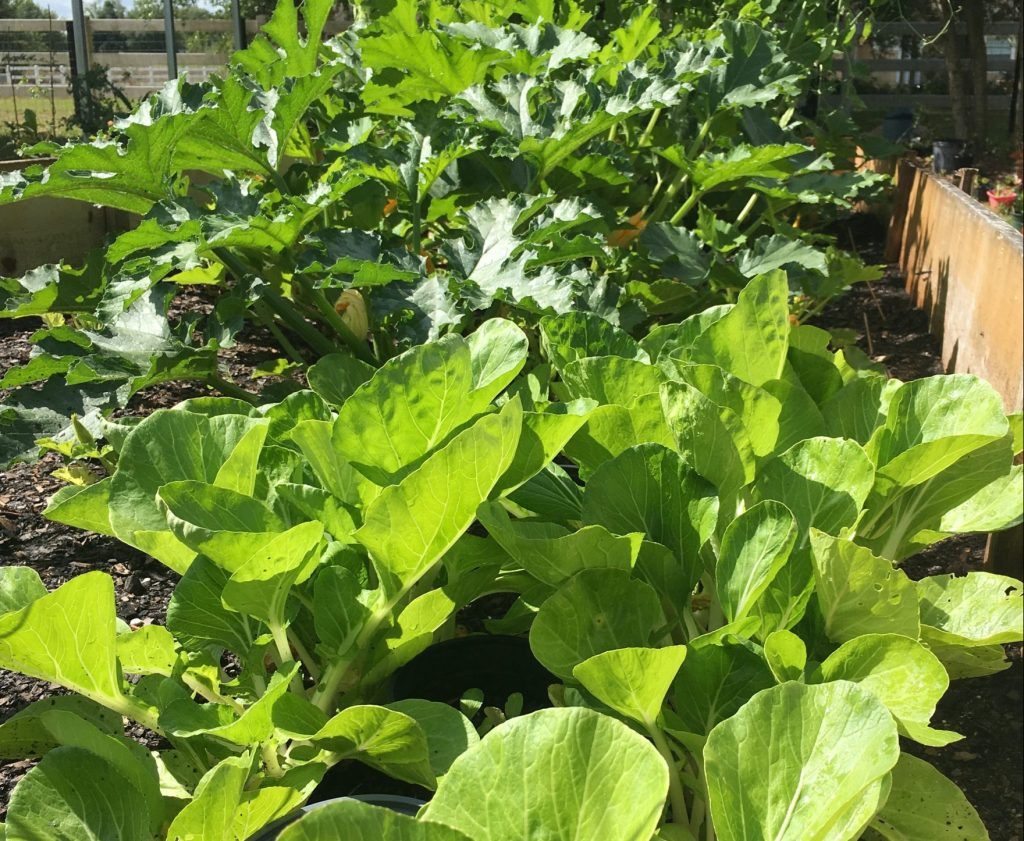
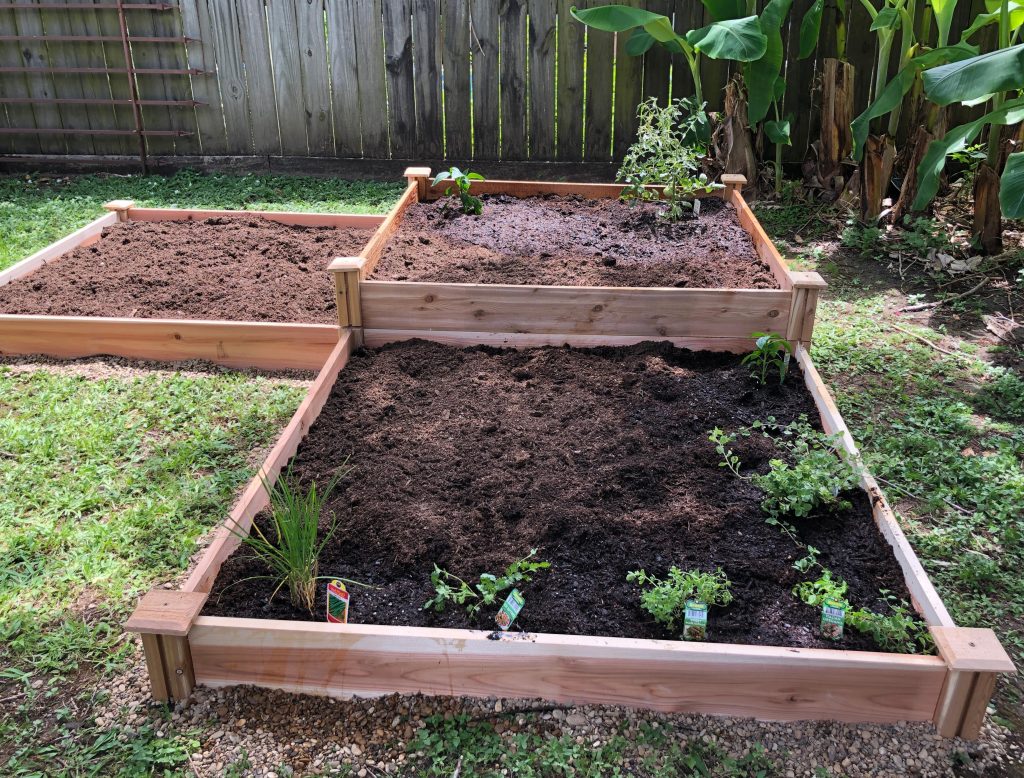
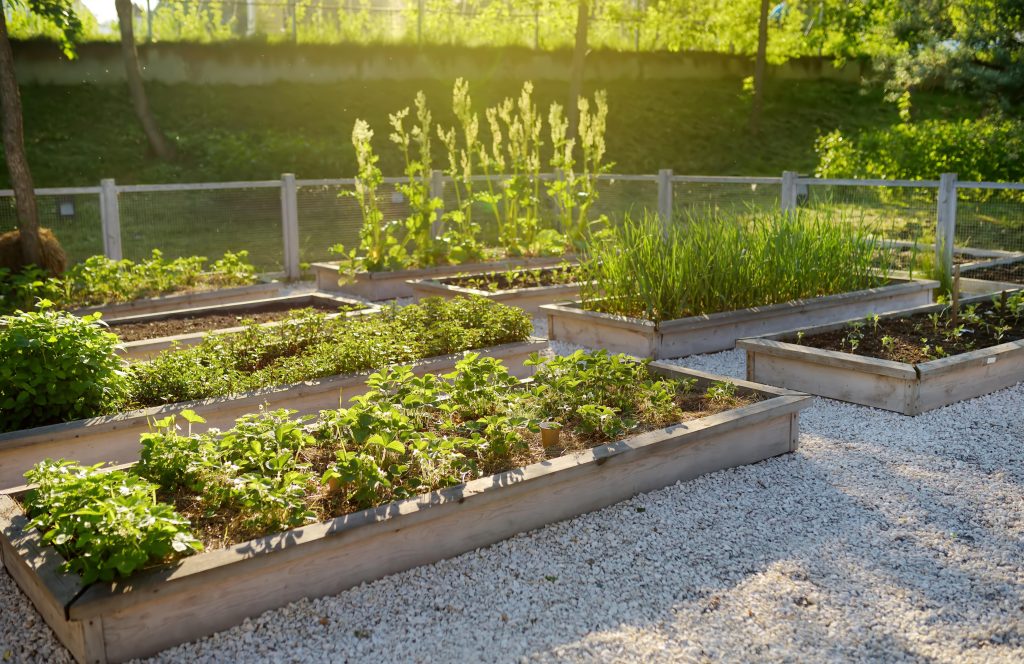
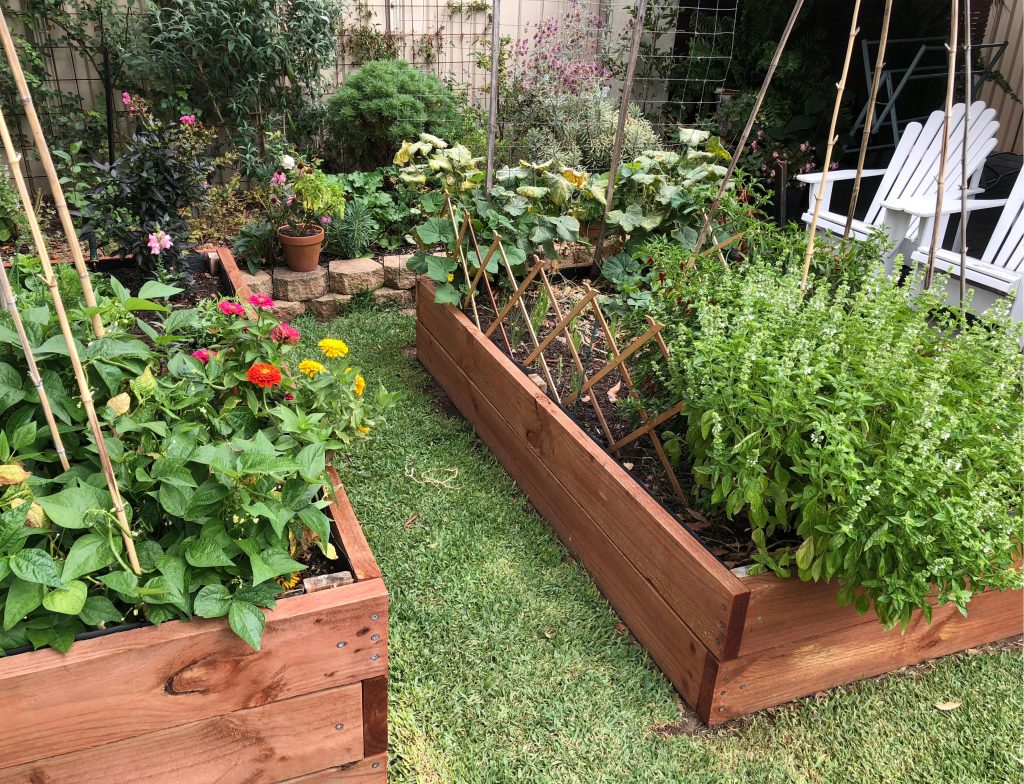
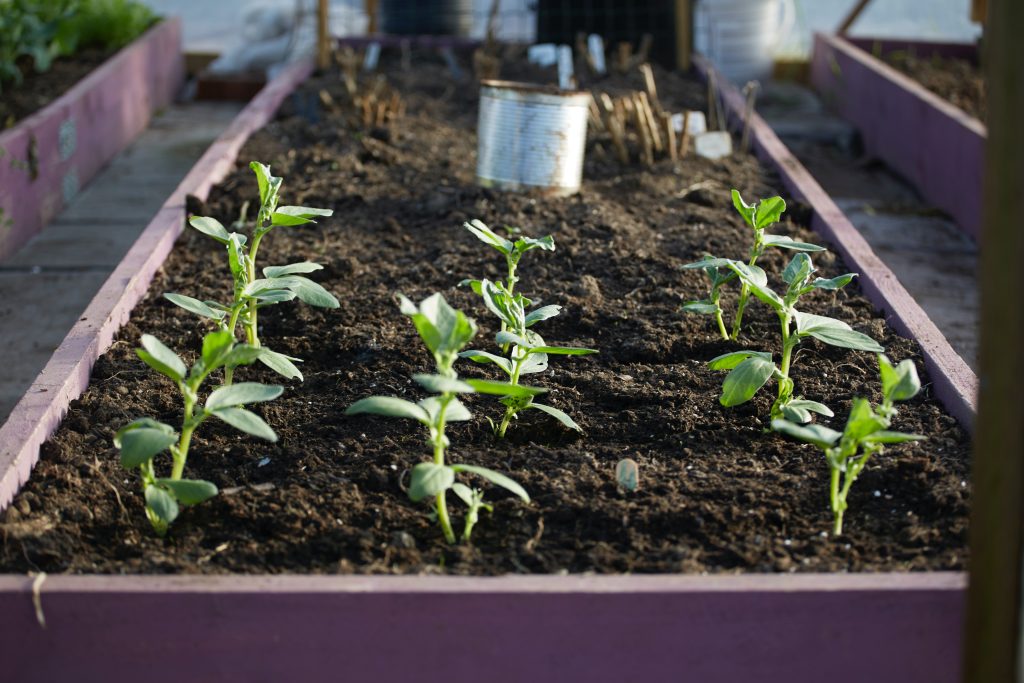
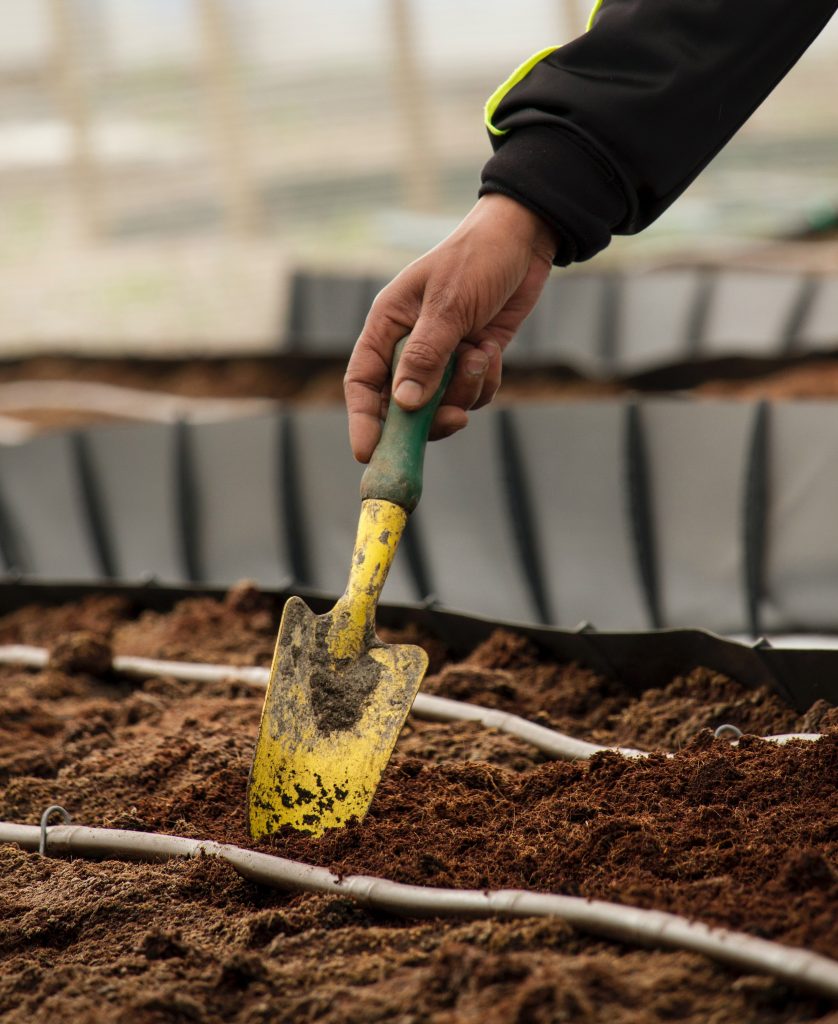
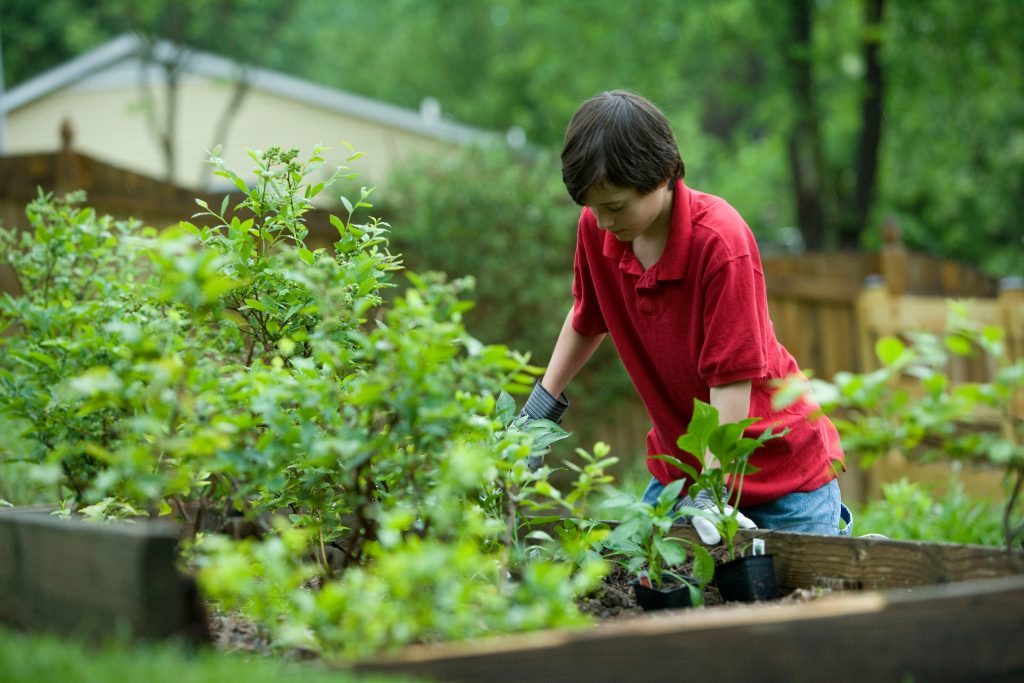
Sean O'Brenan
Thanks so very much for this really easy-to-read and concise article, with good pictures, Garden Tips….you’ve covered just about everything and more! I’m looking forward to preparing my garden and a well blossoming spring!